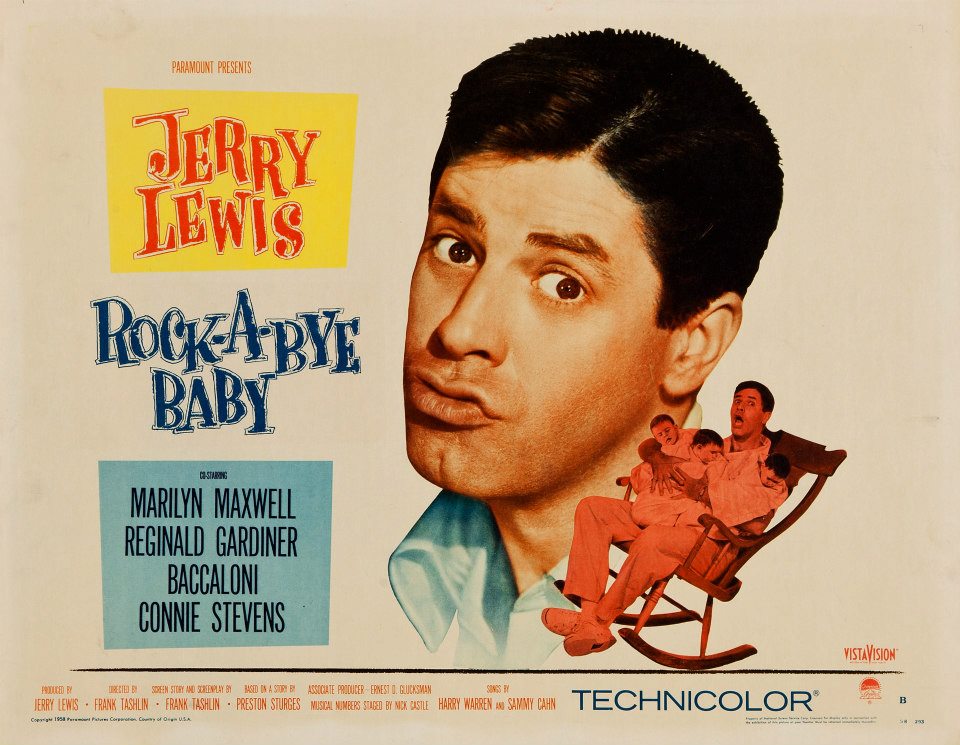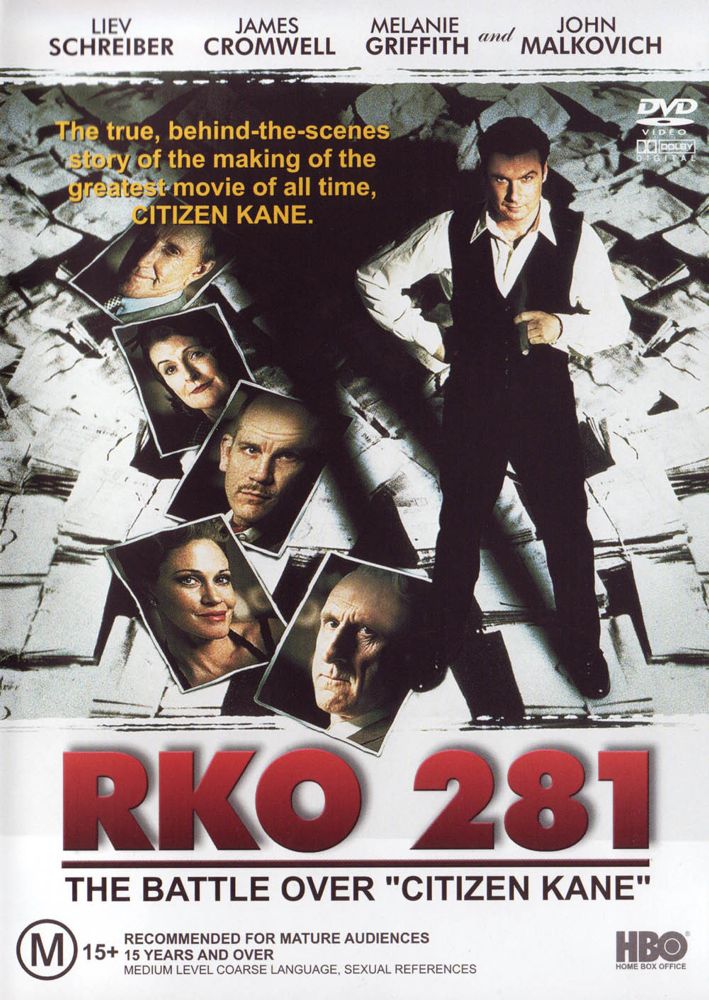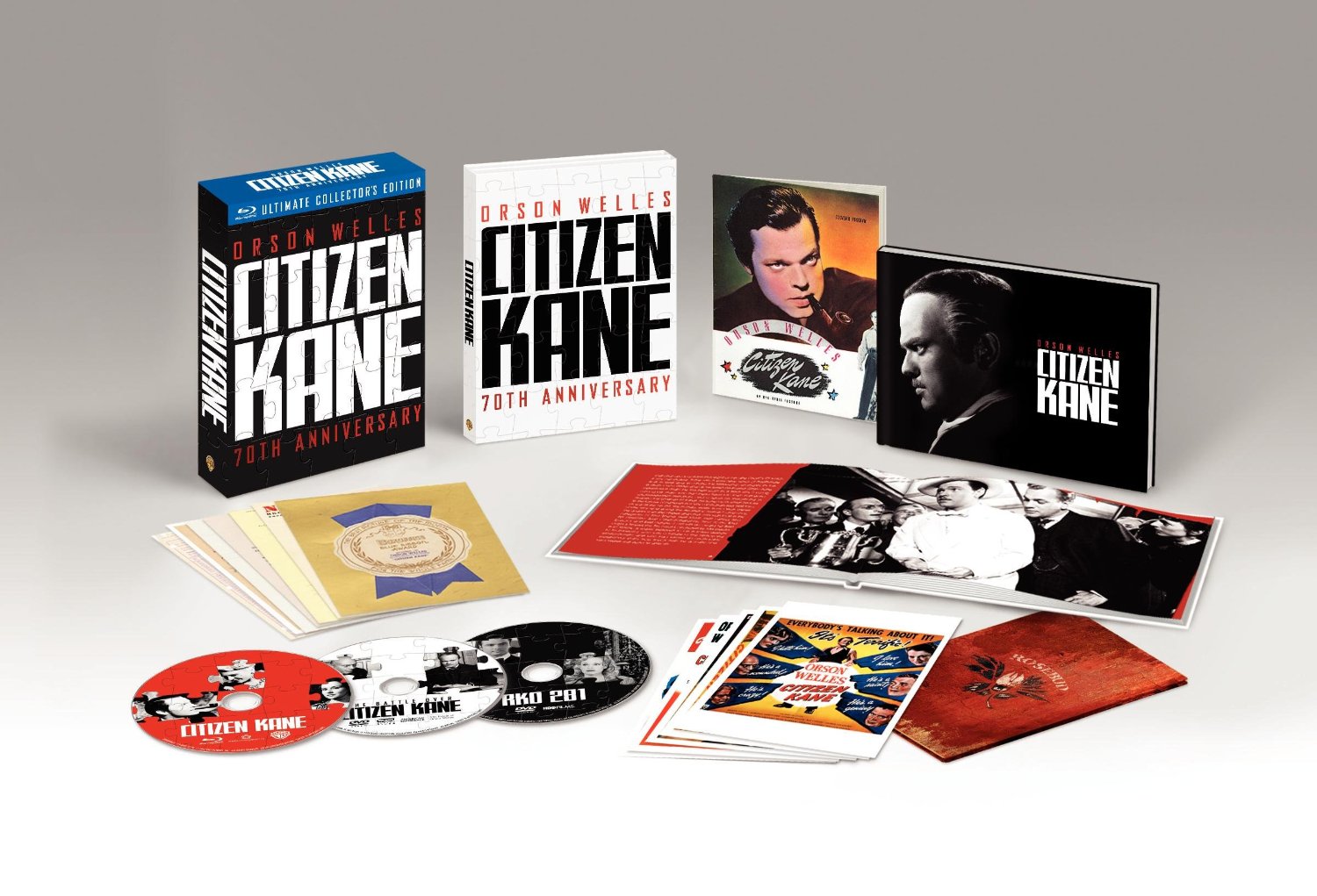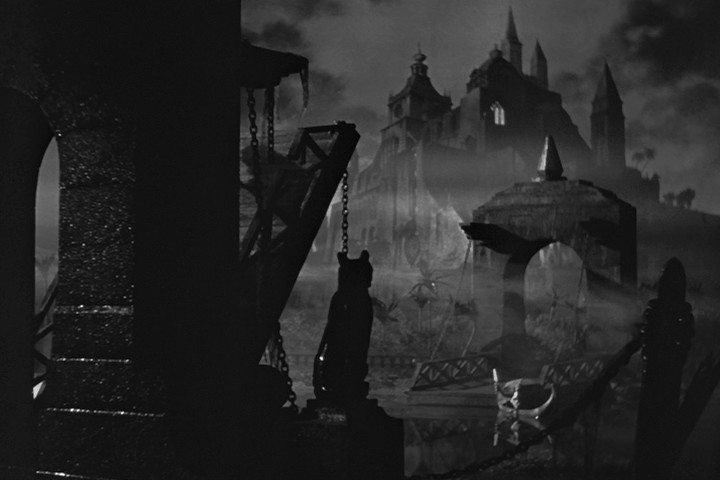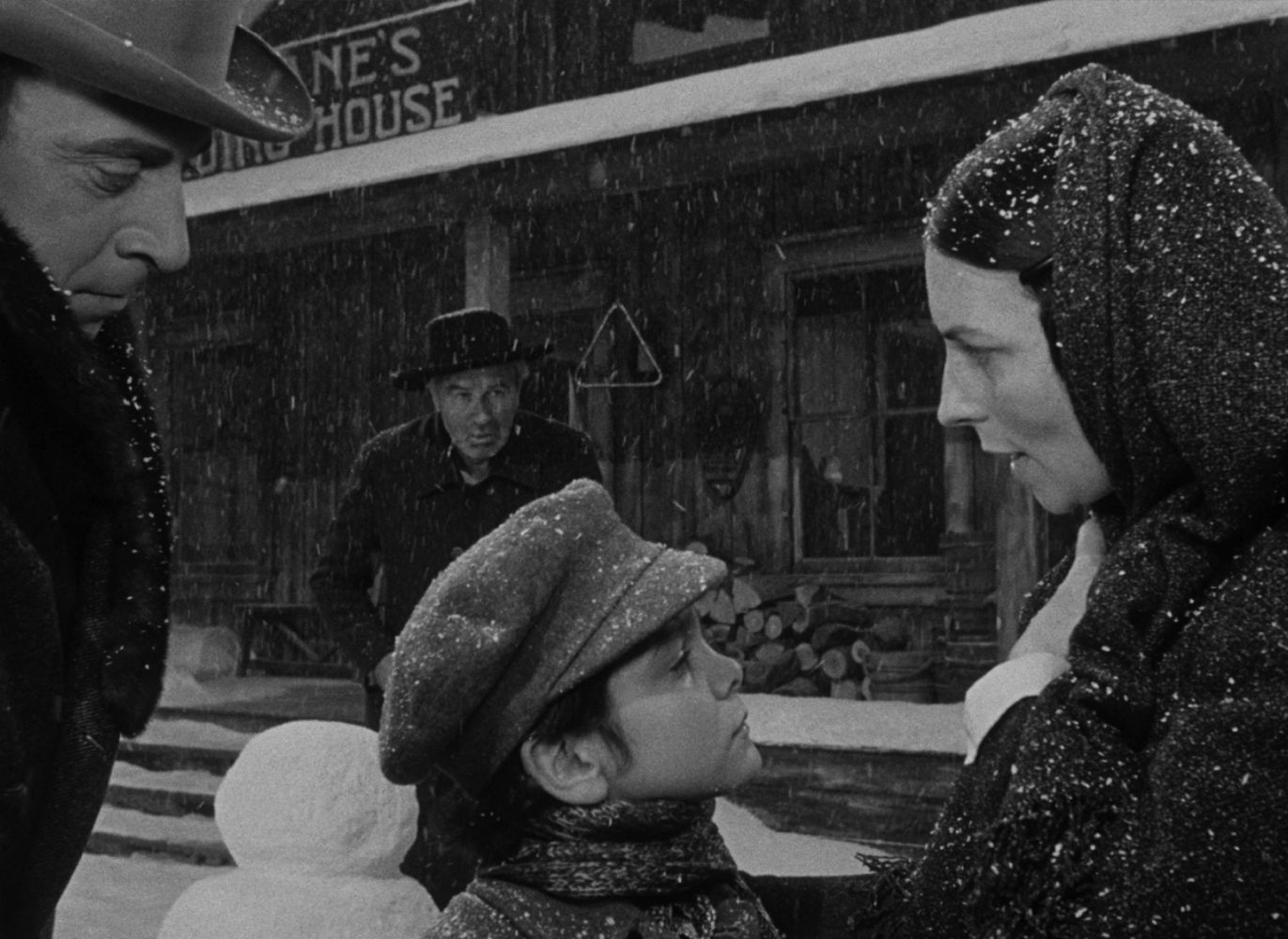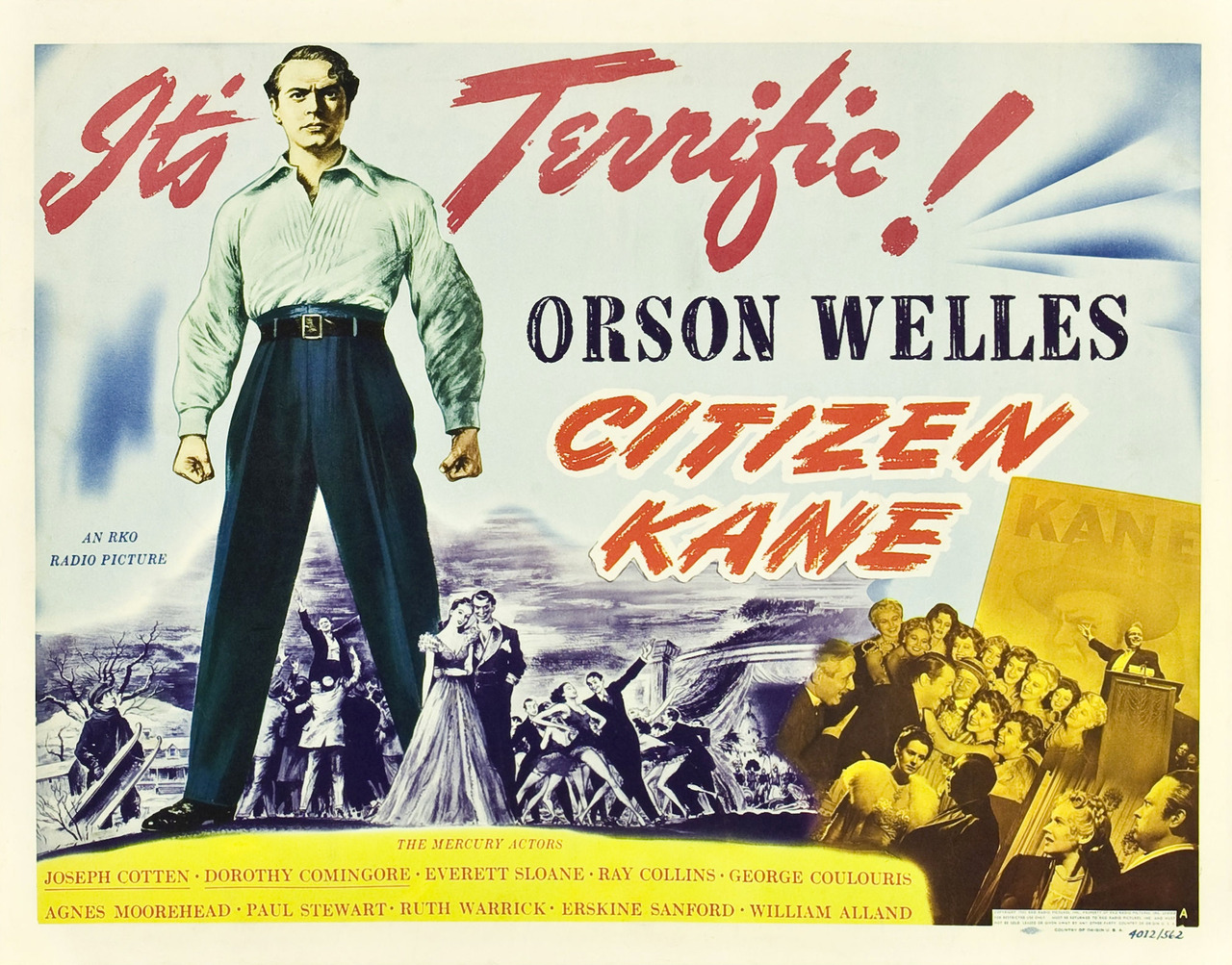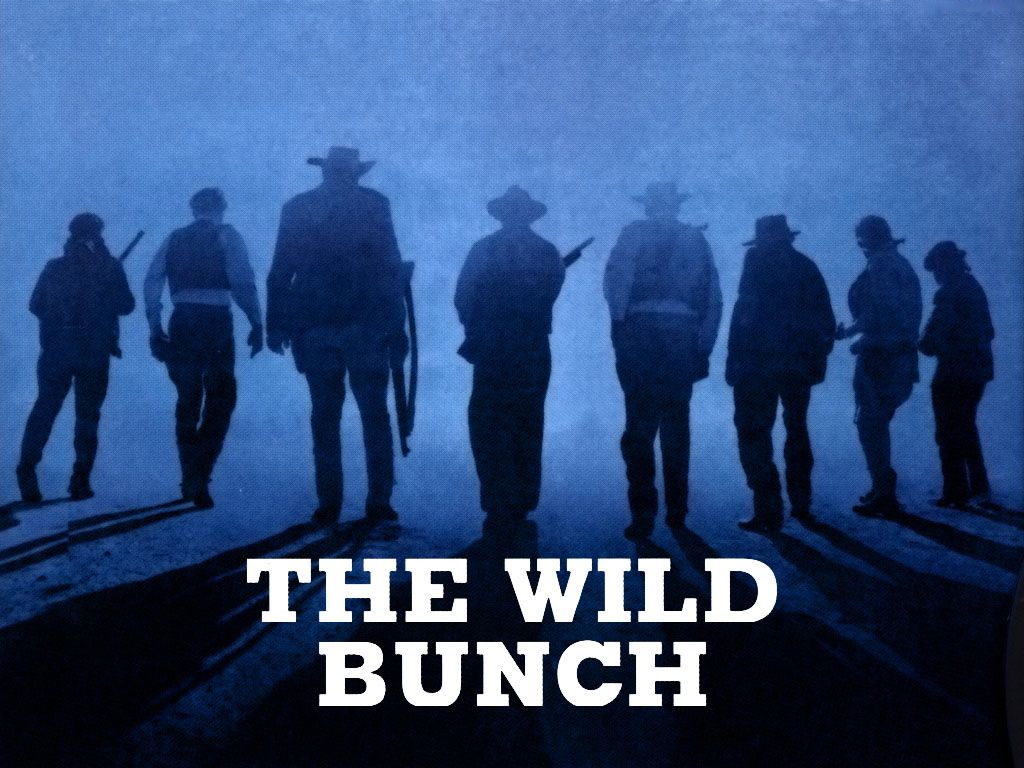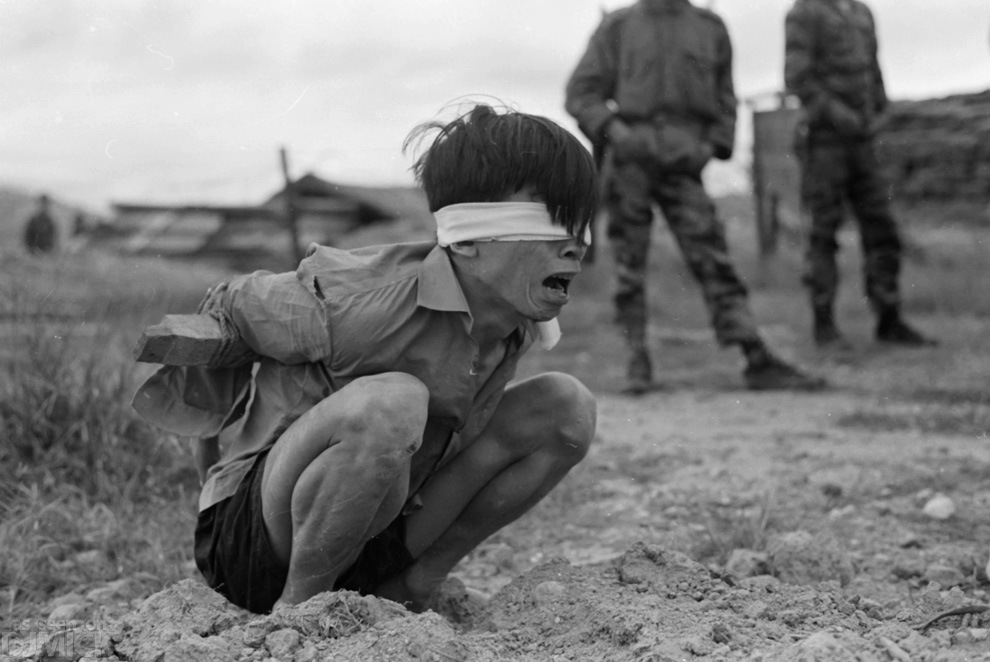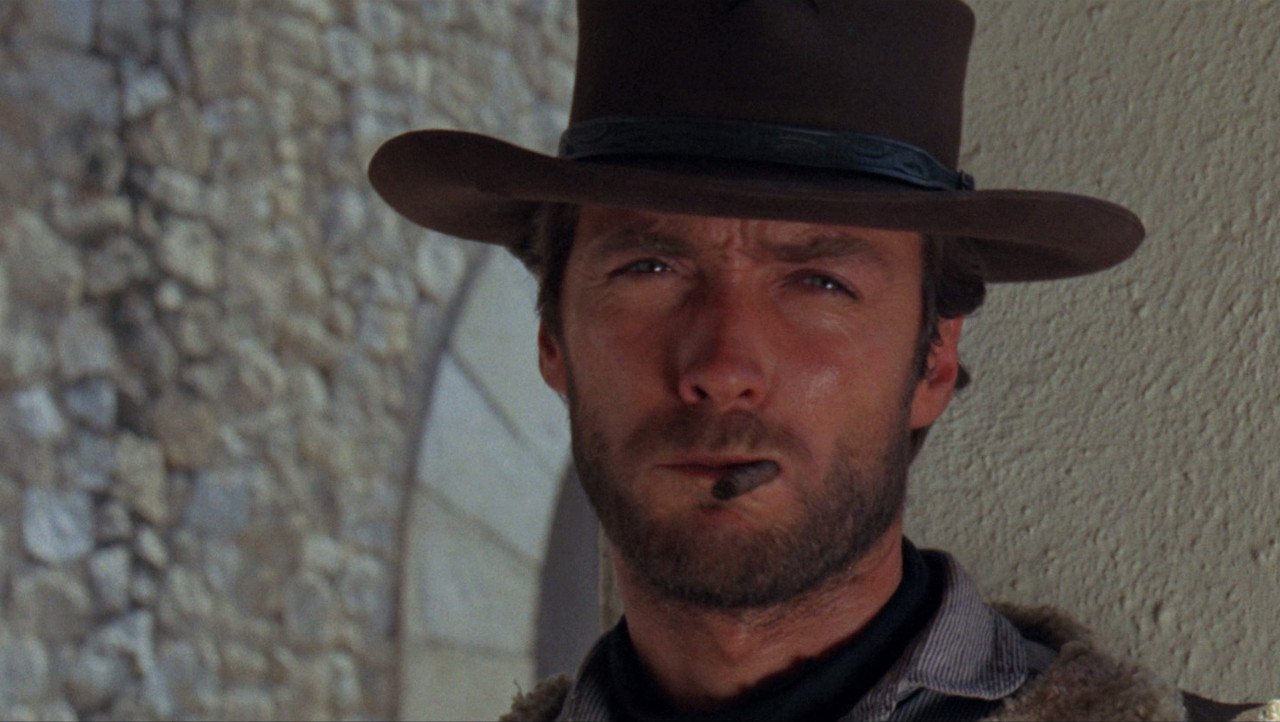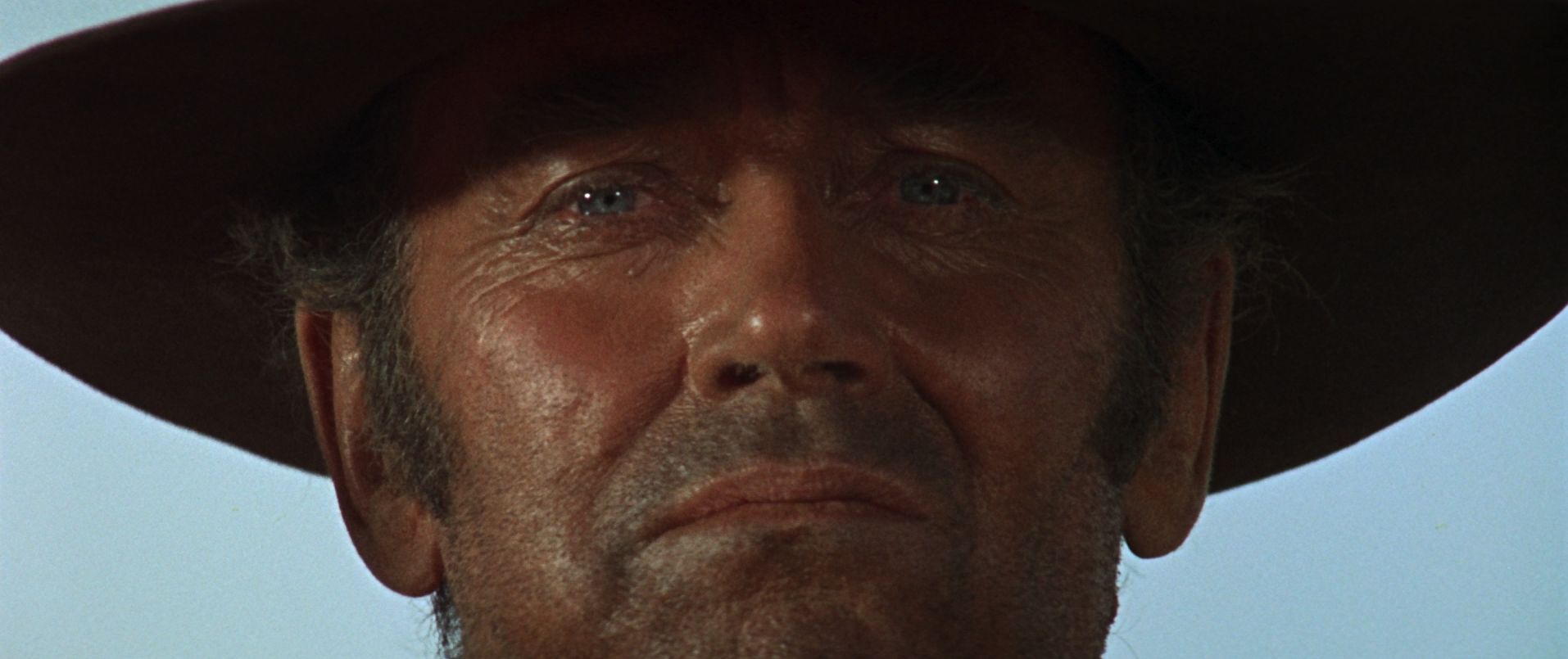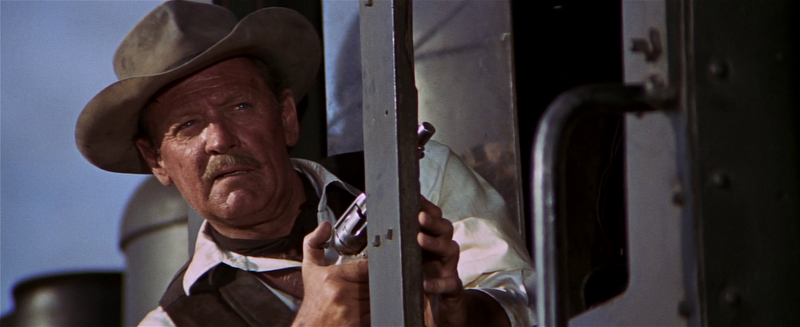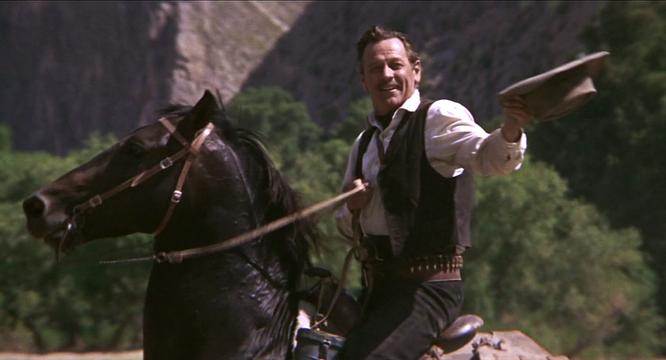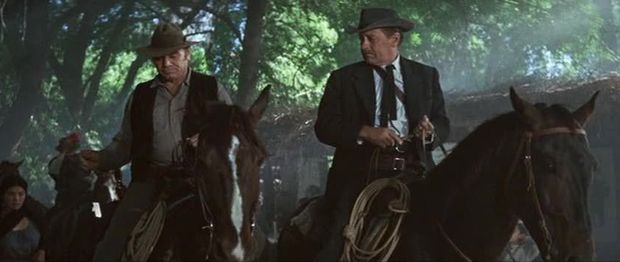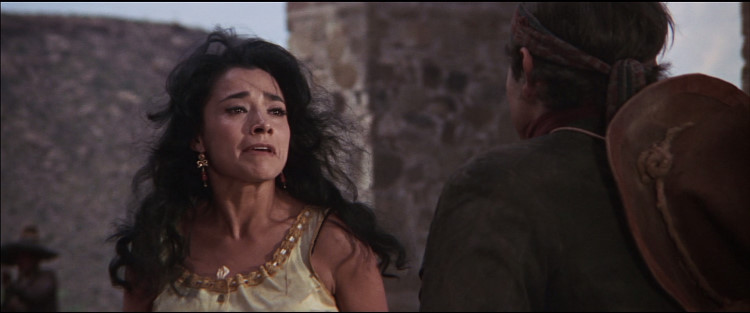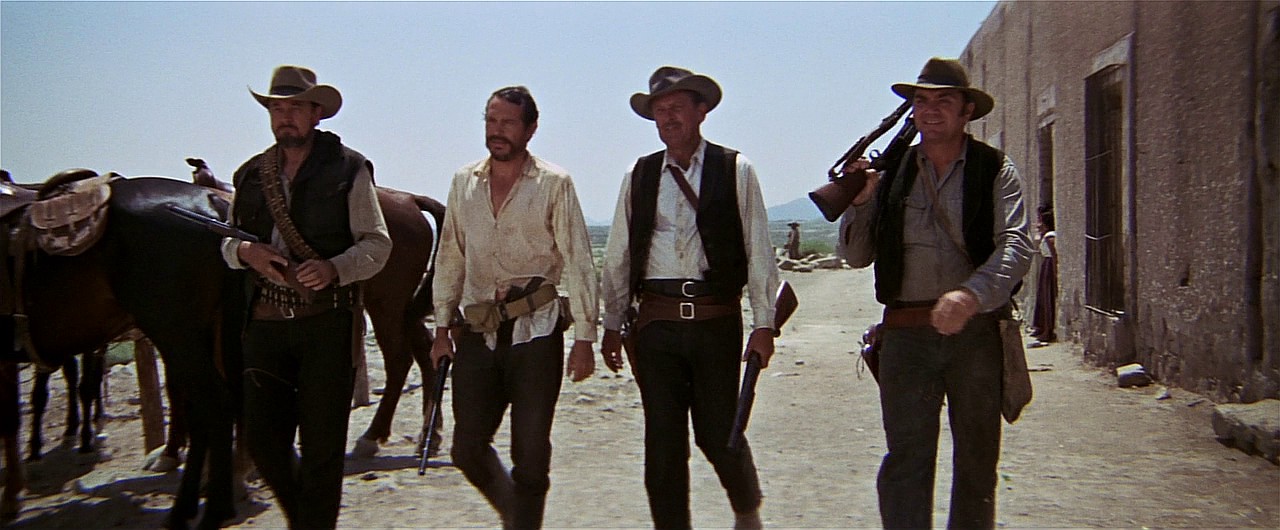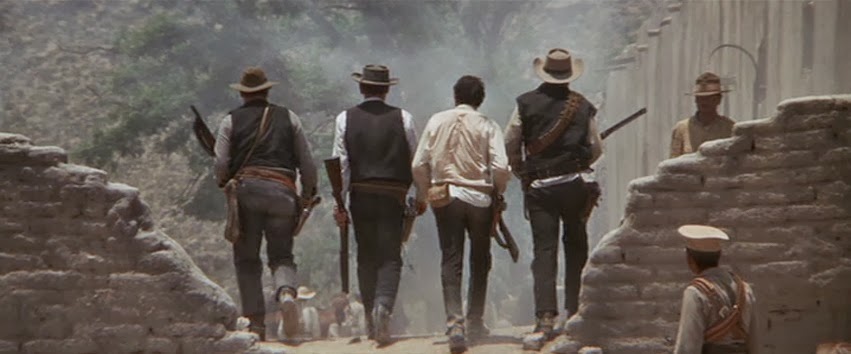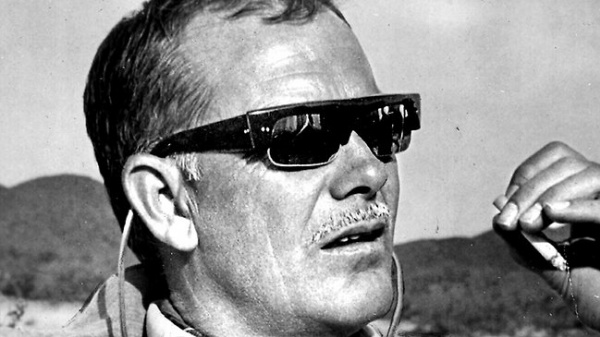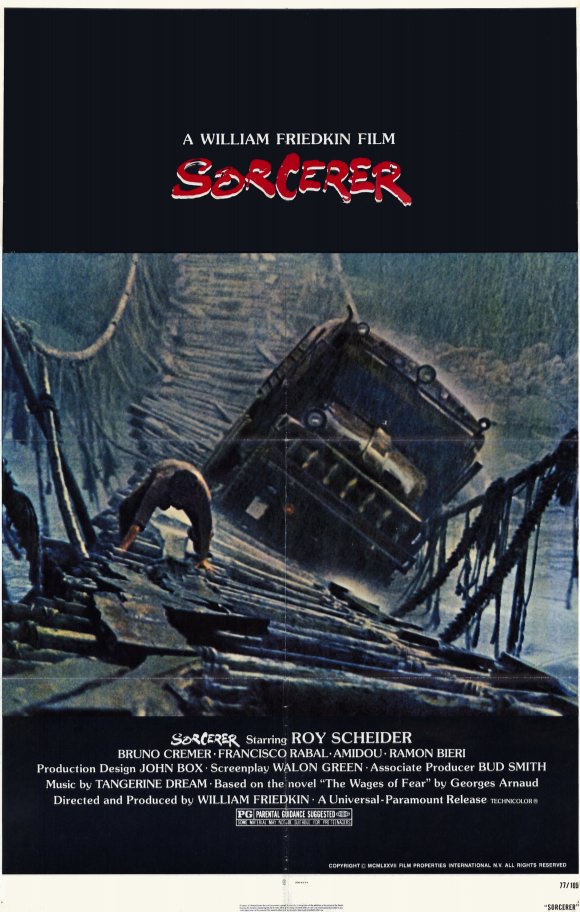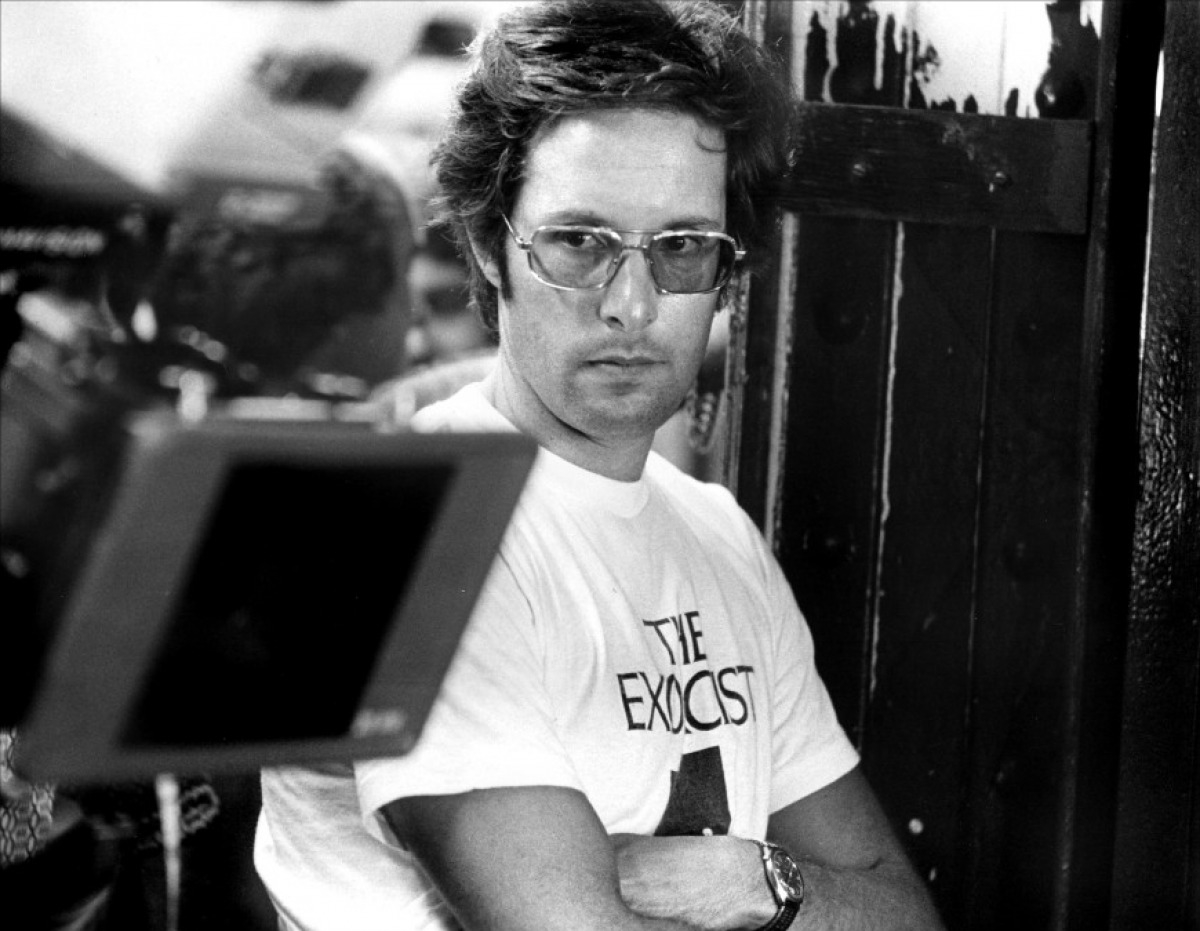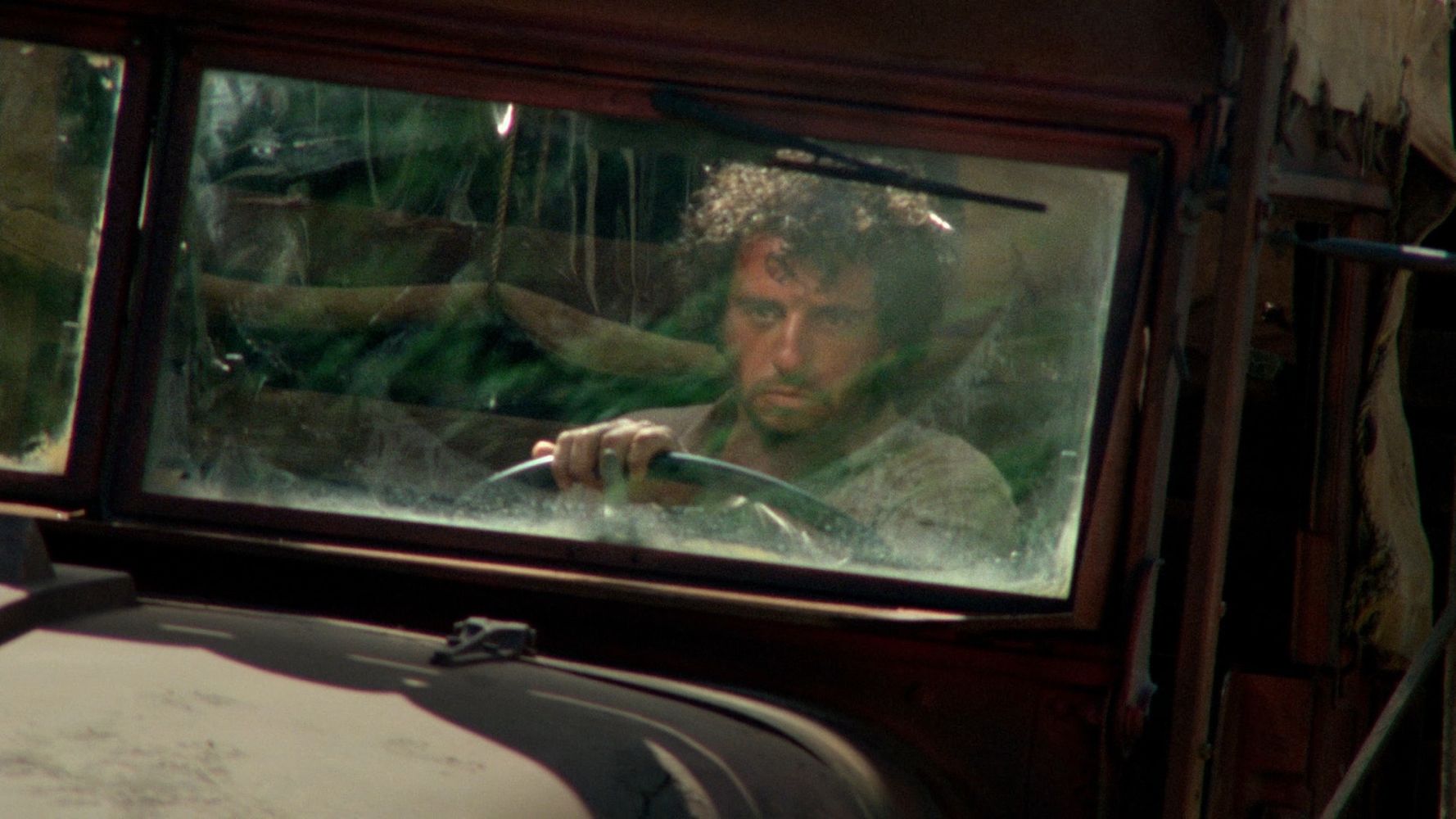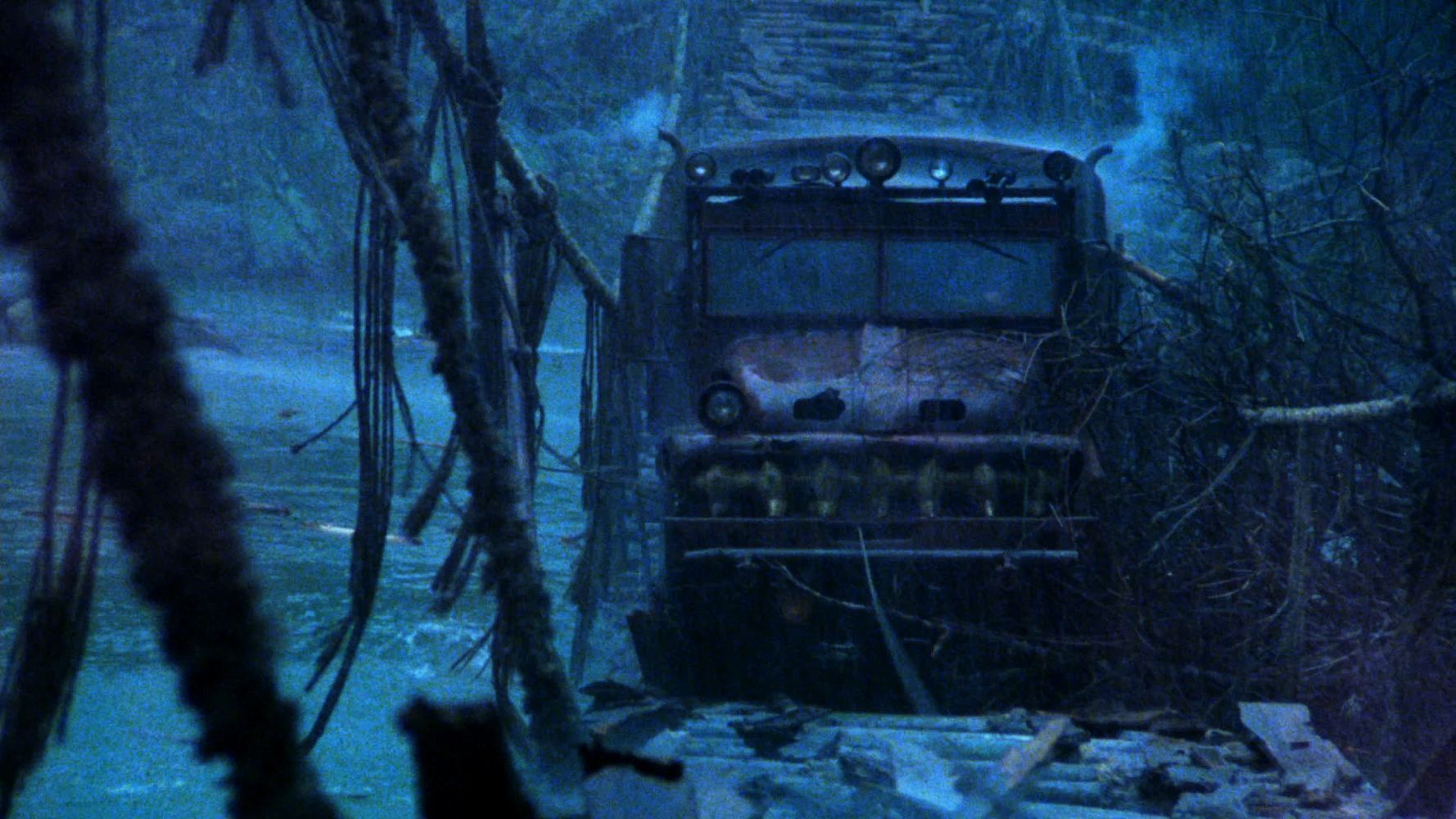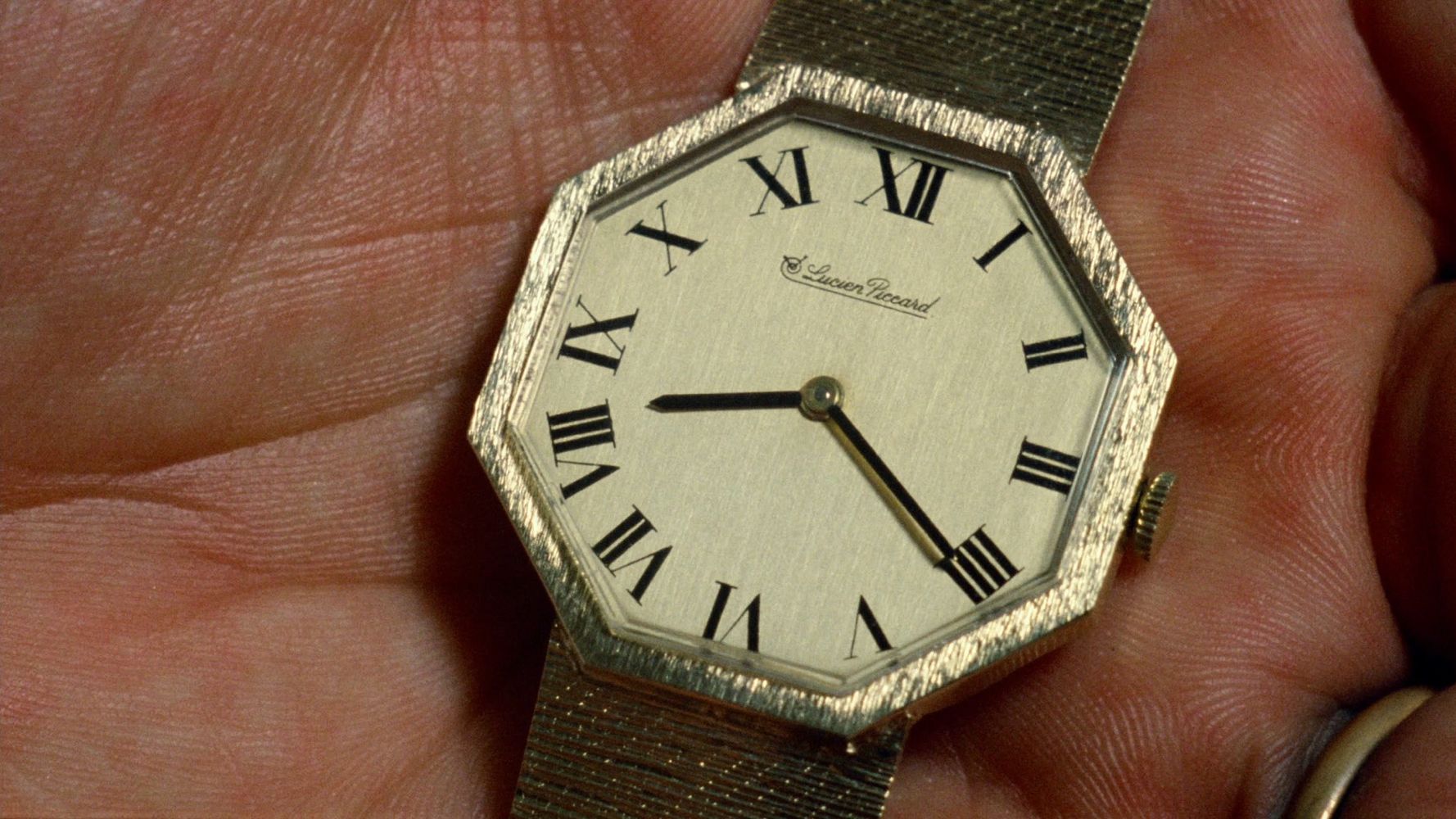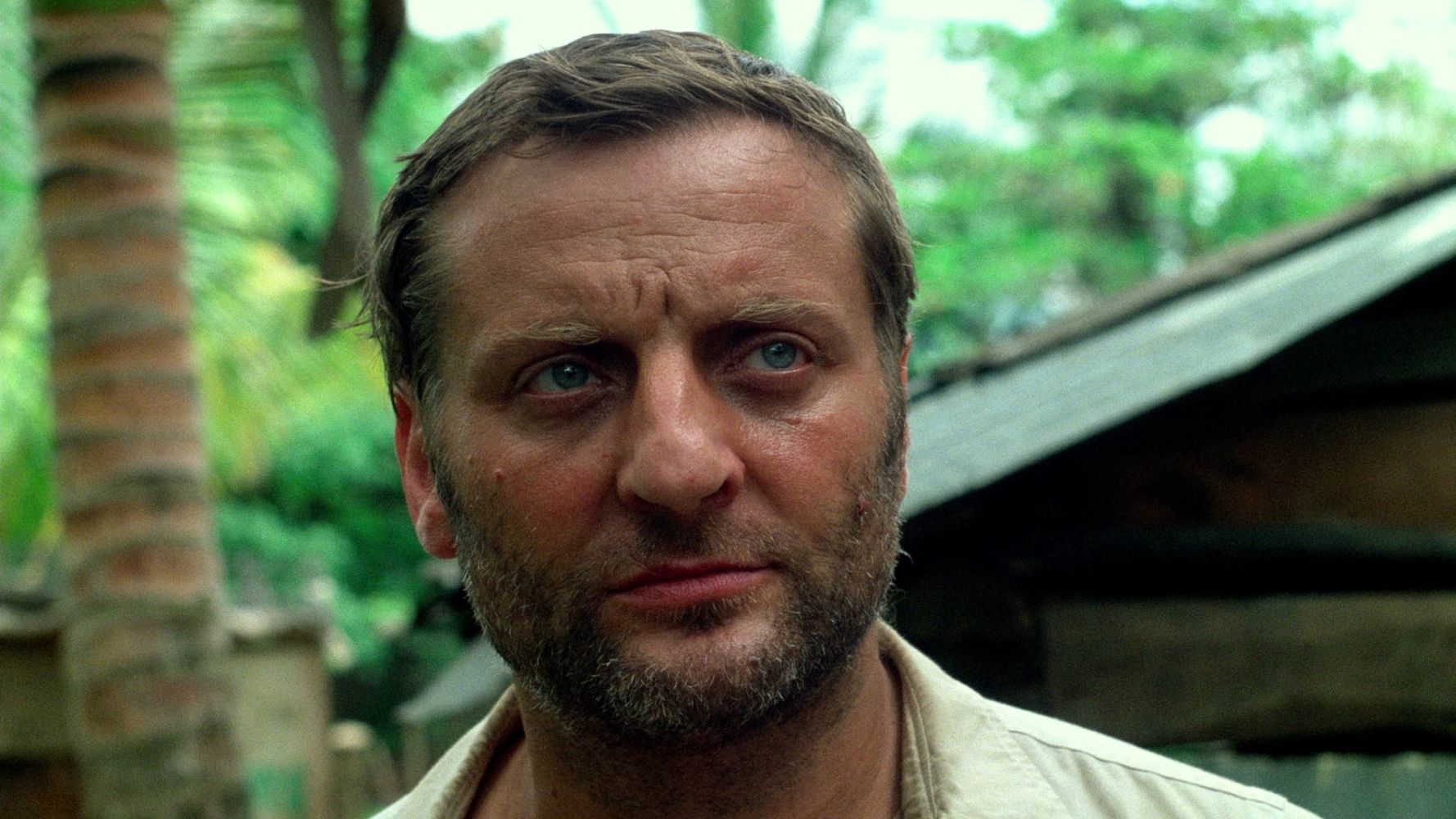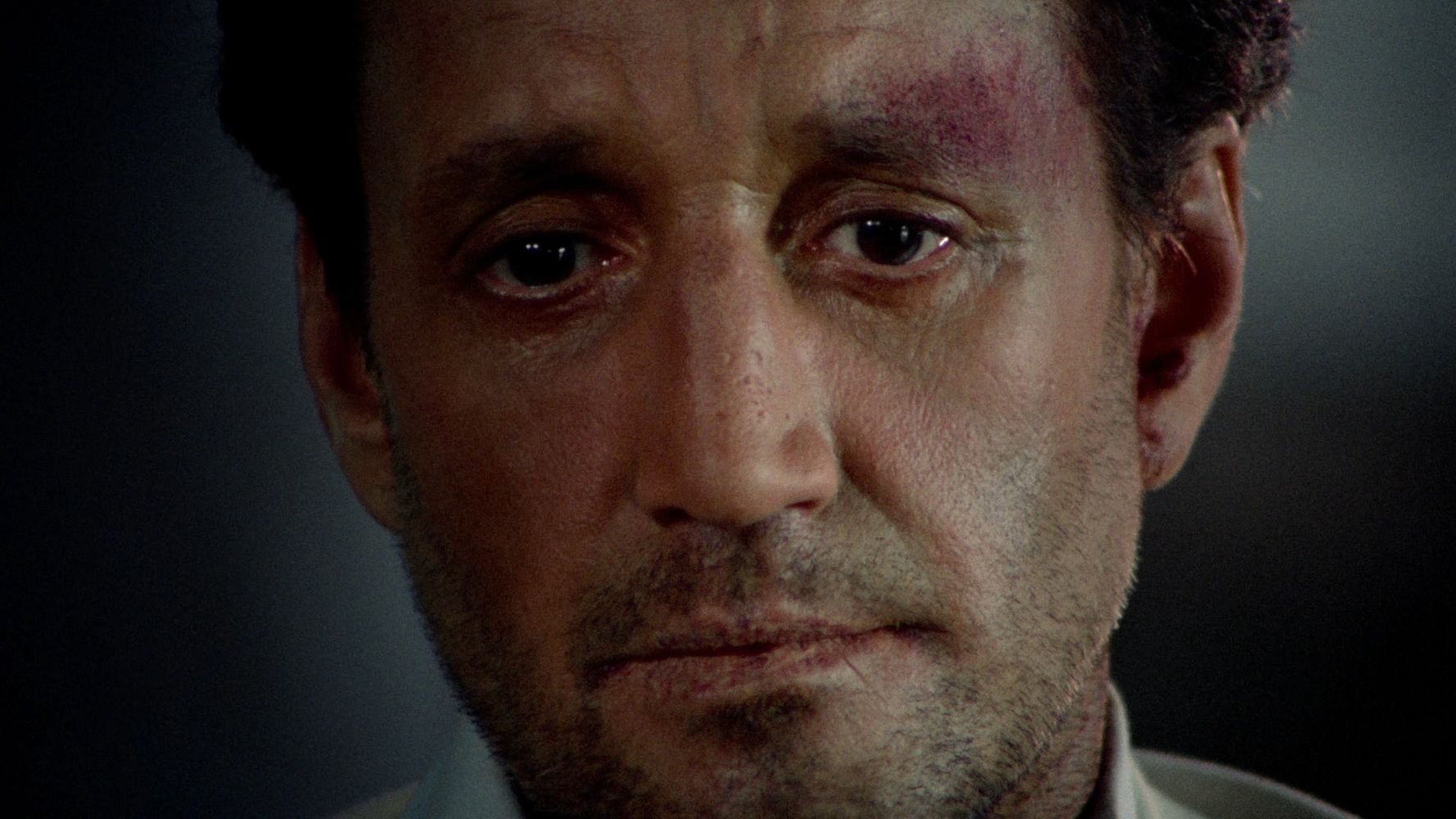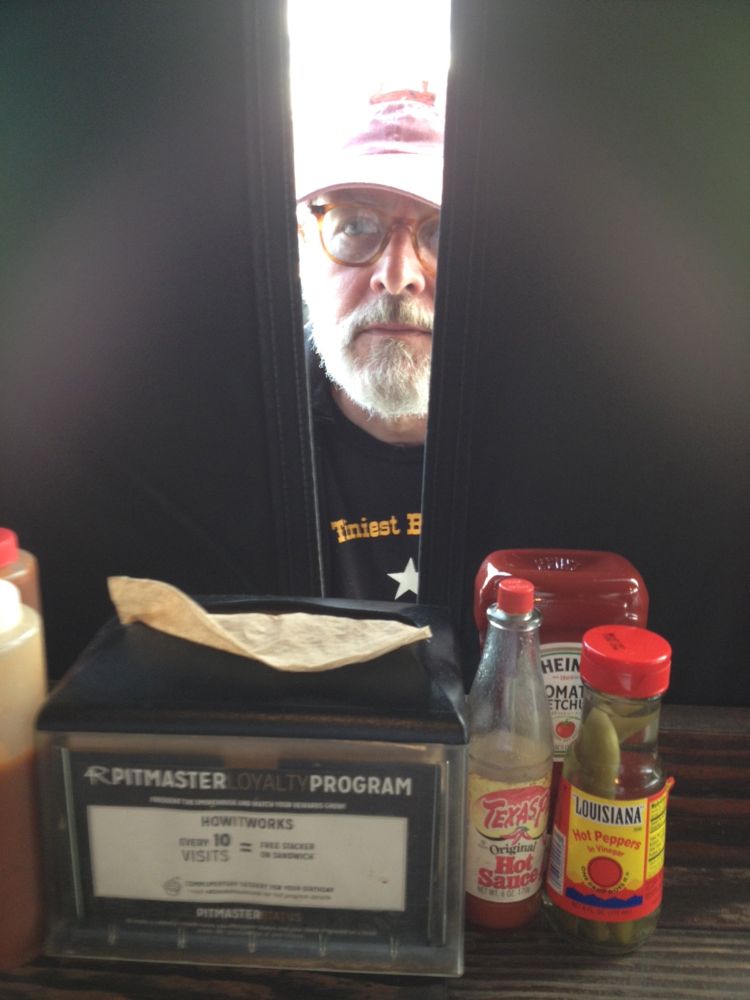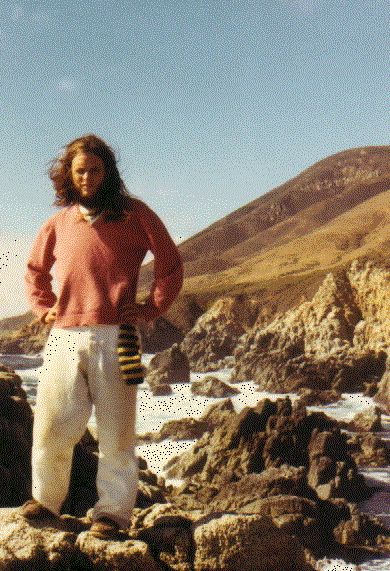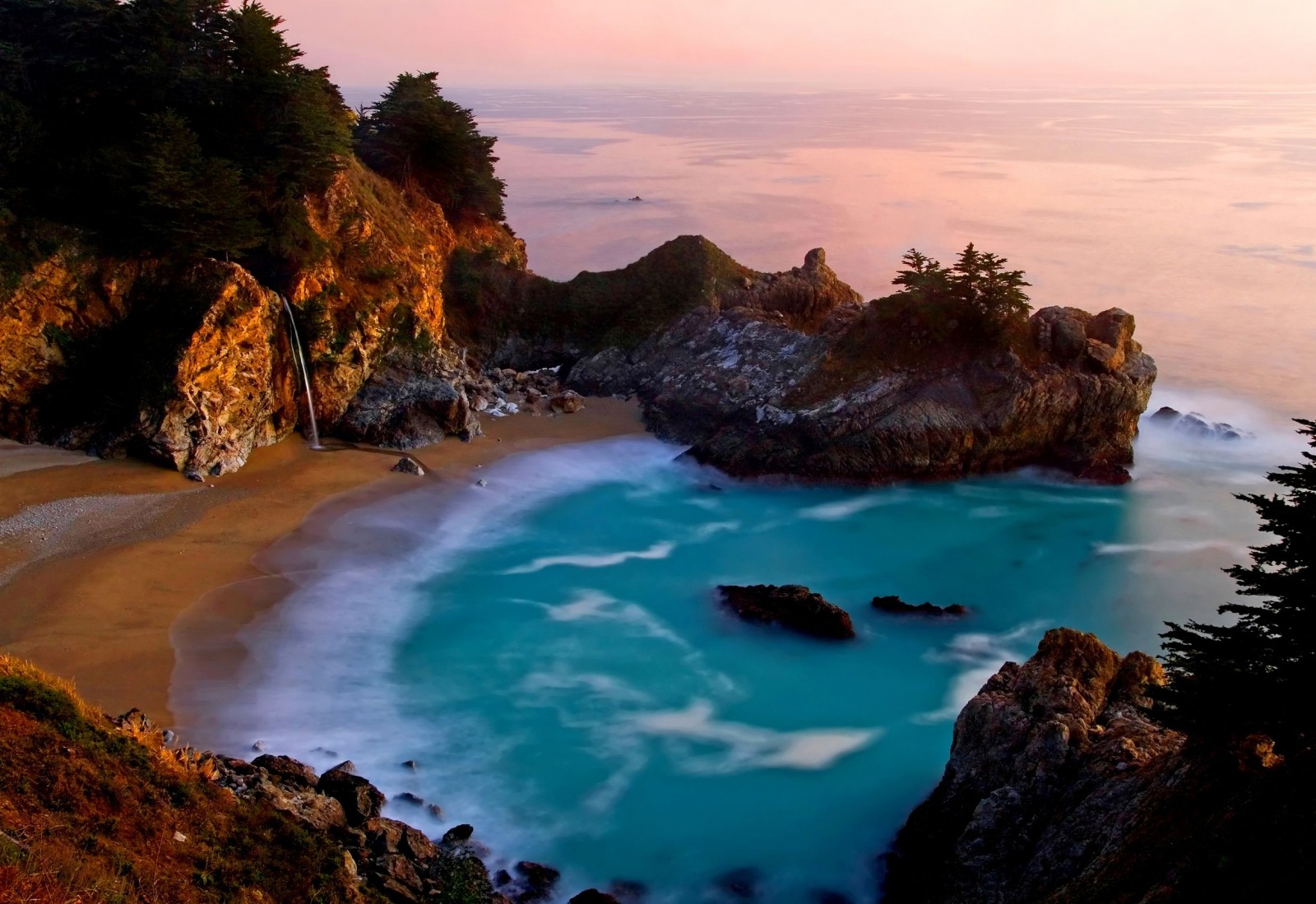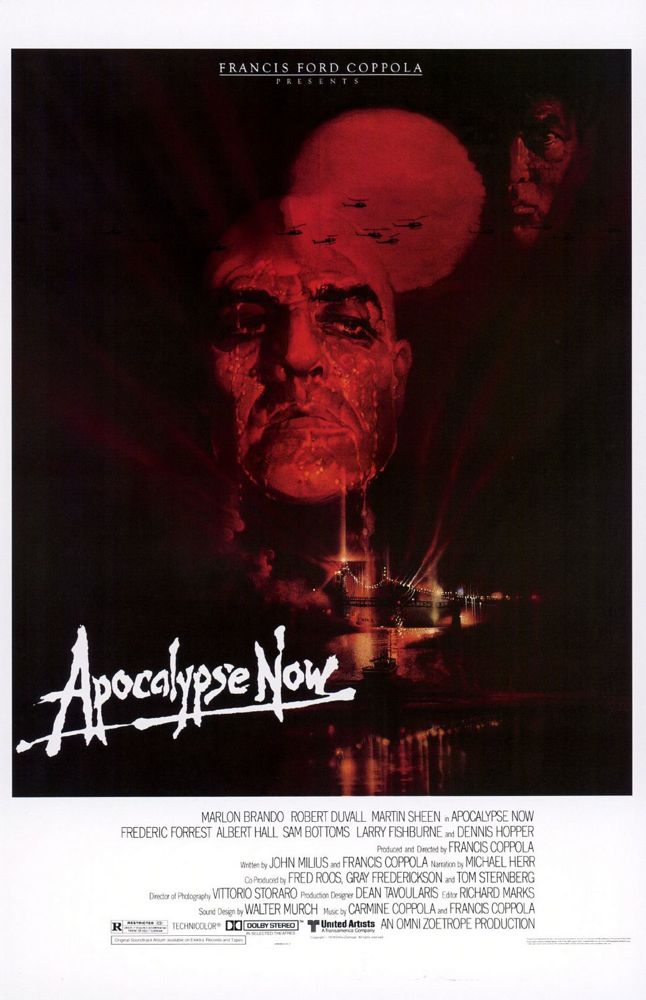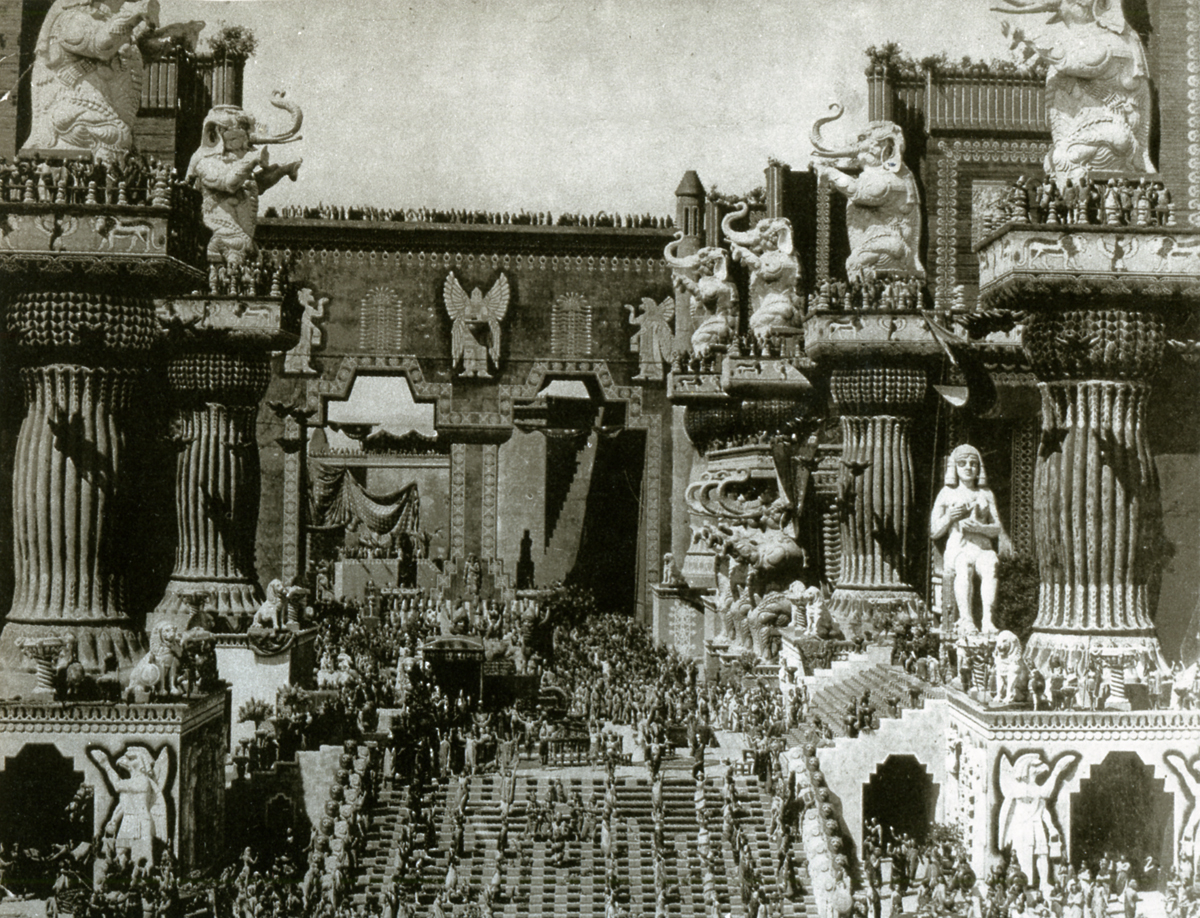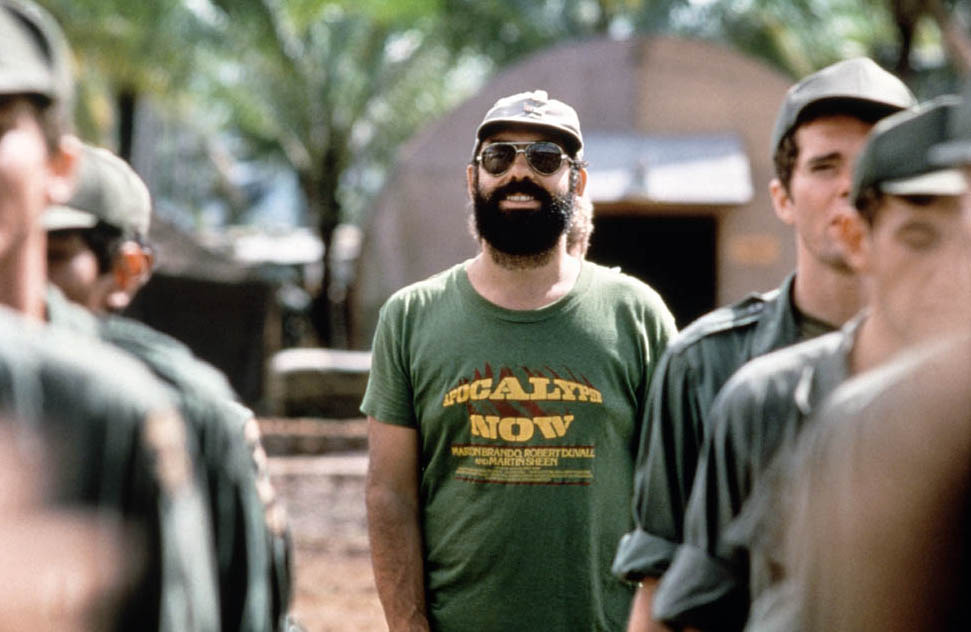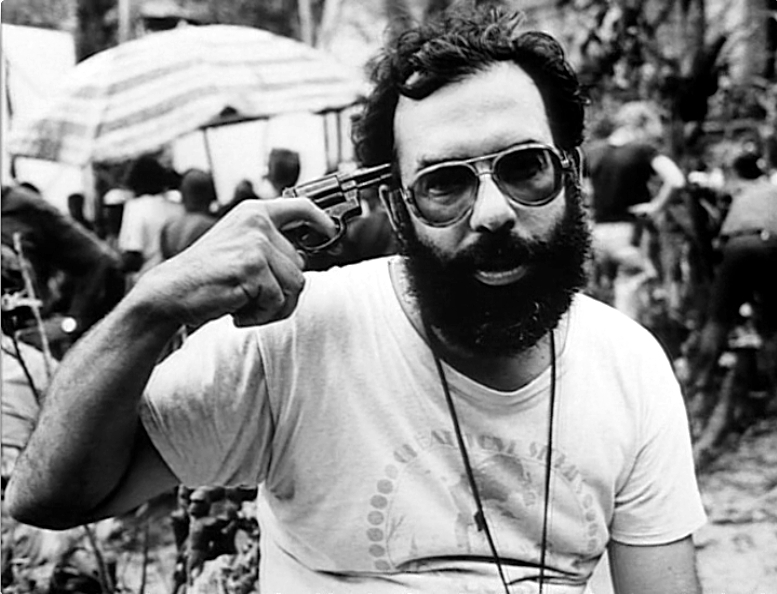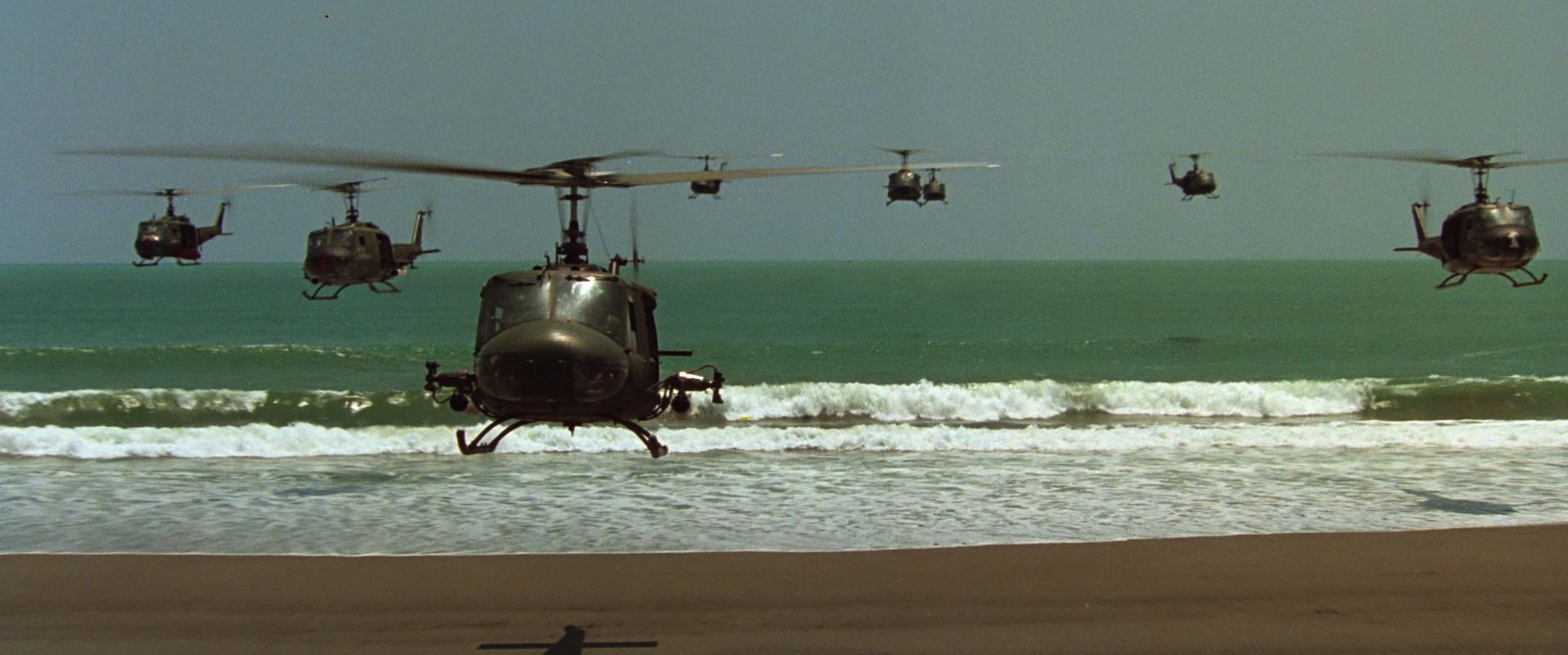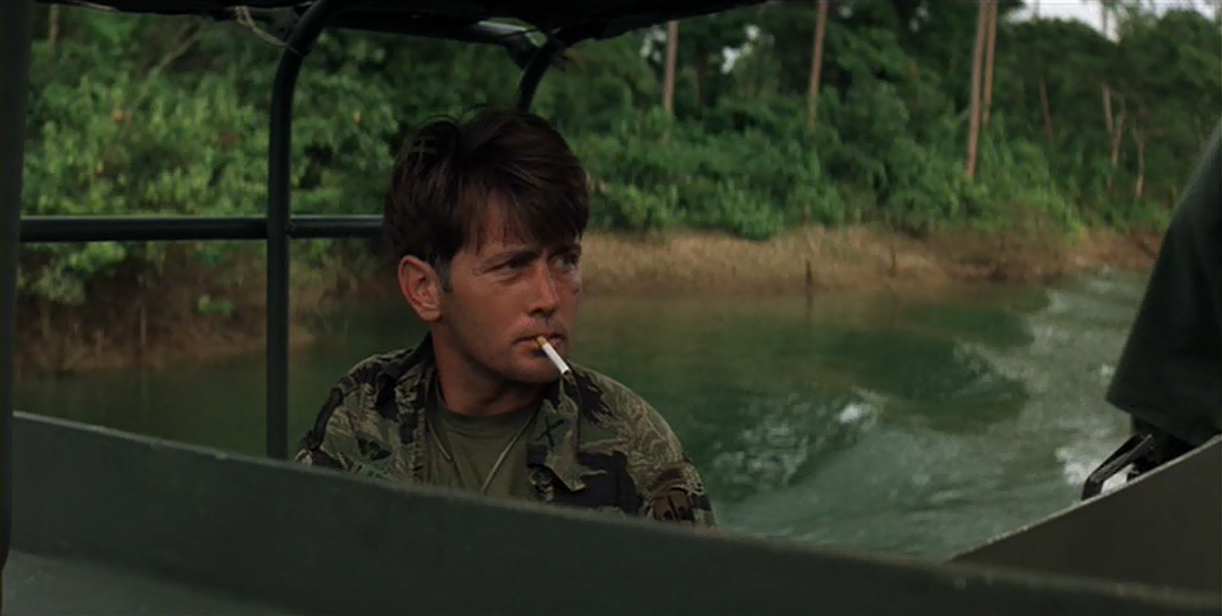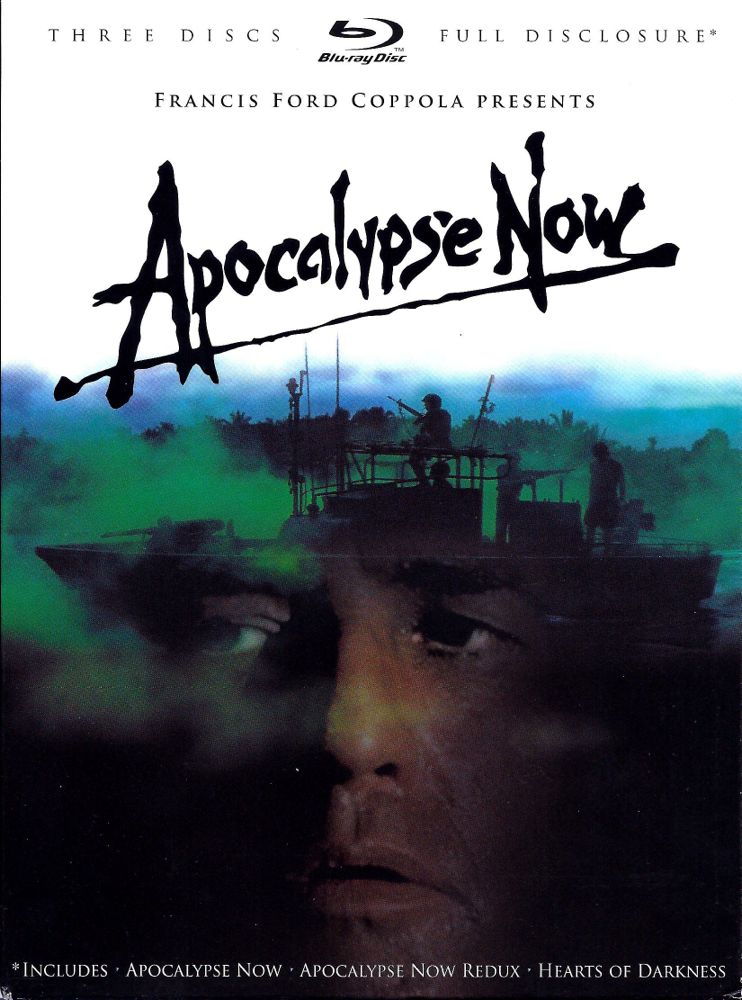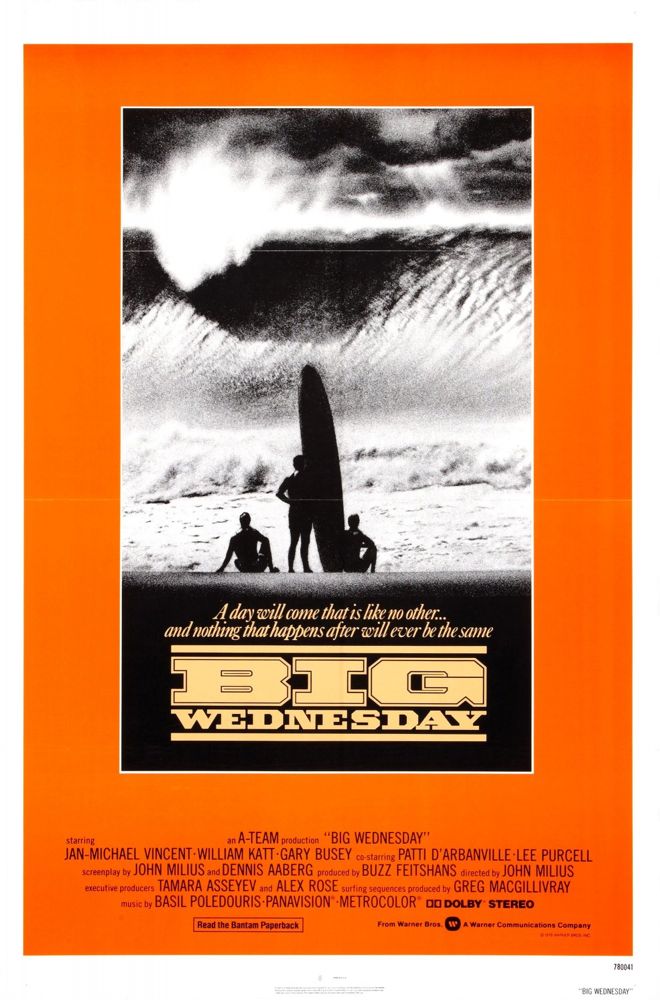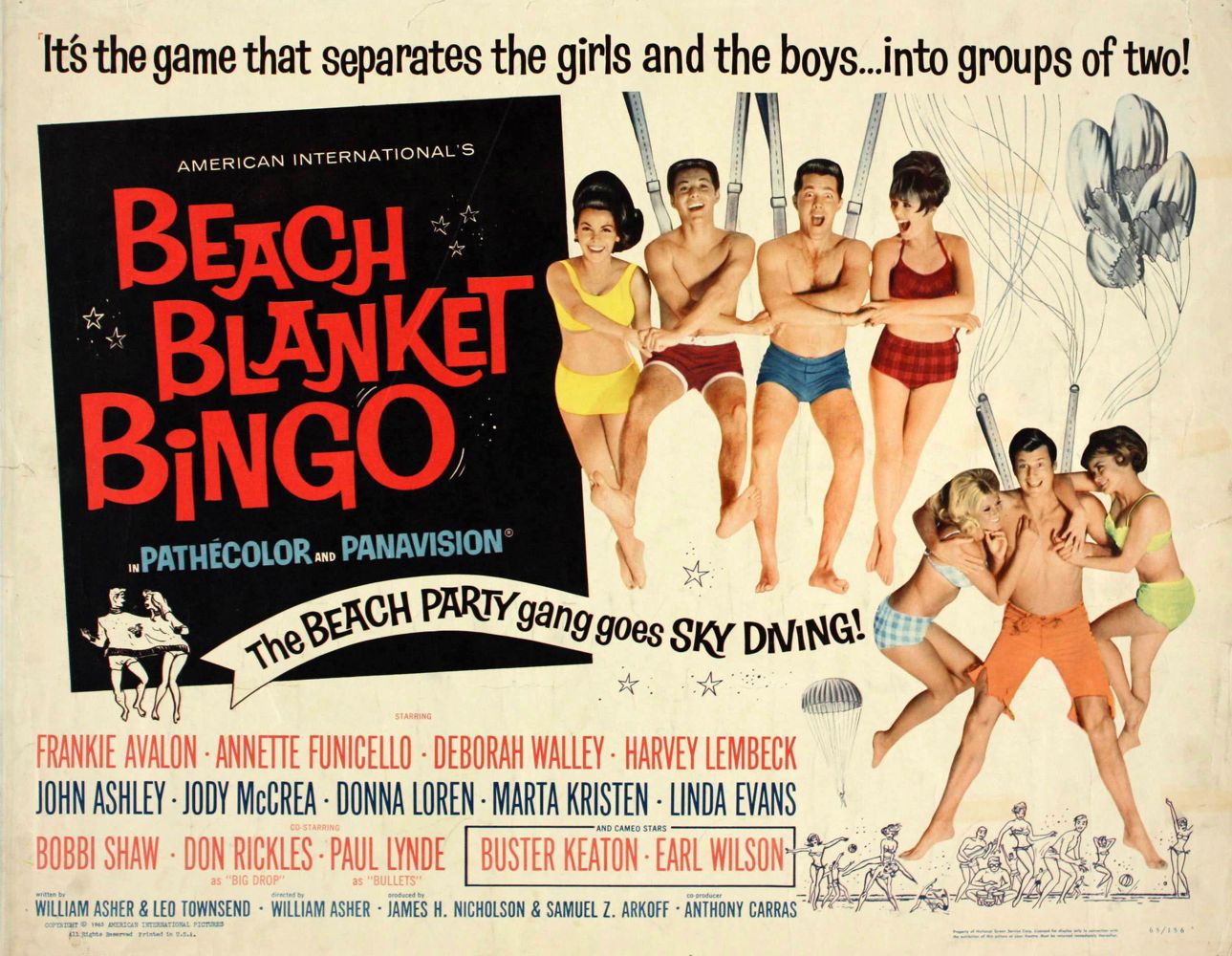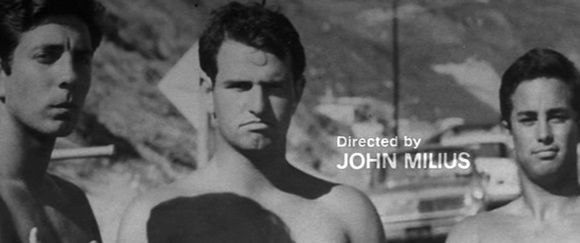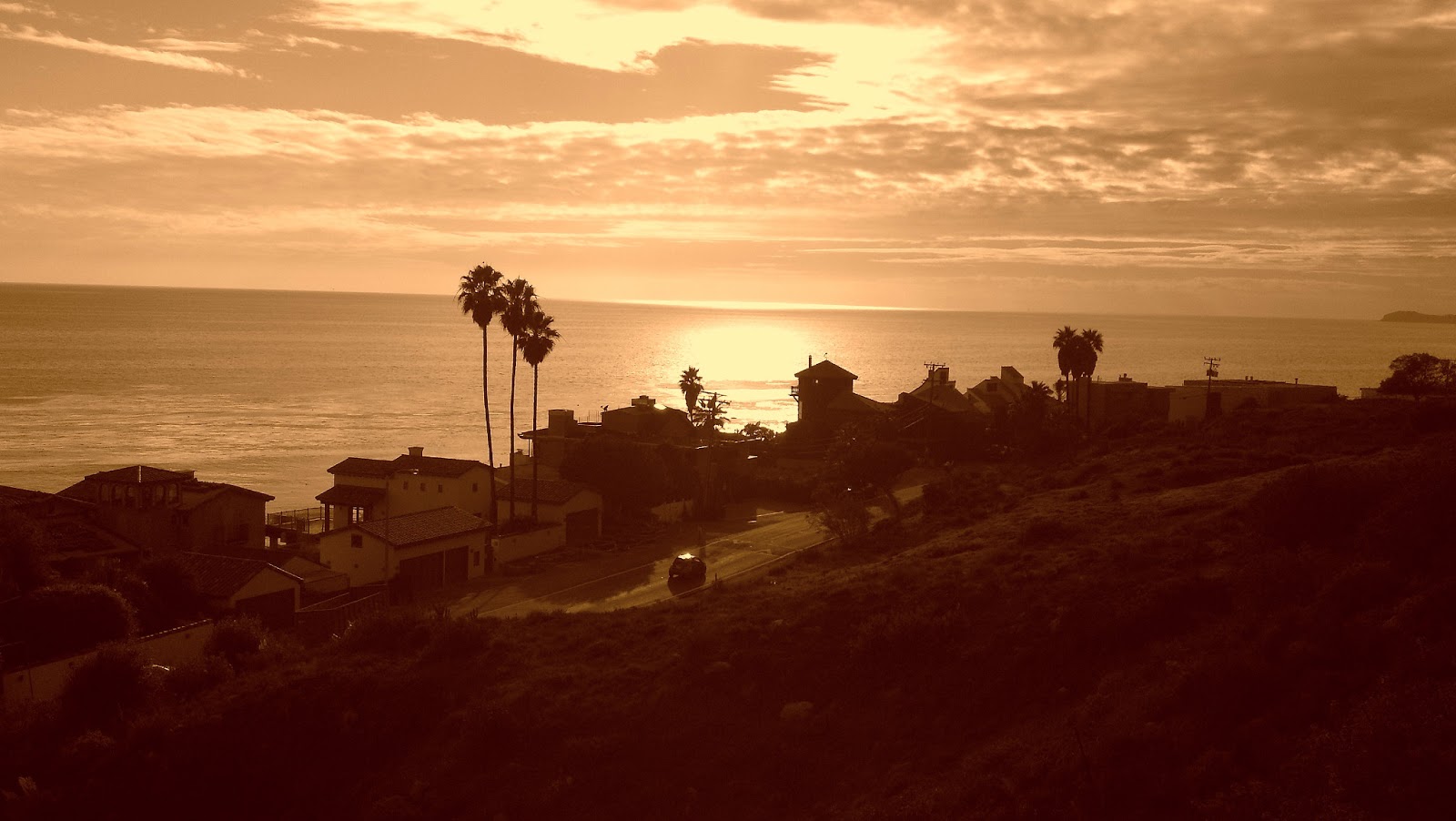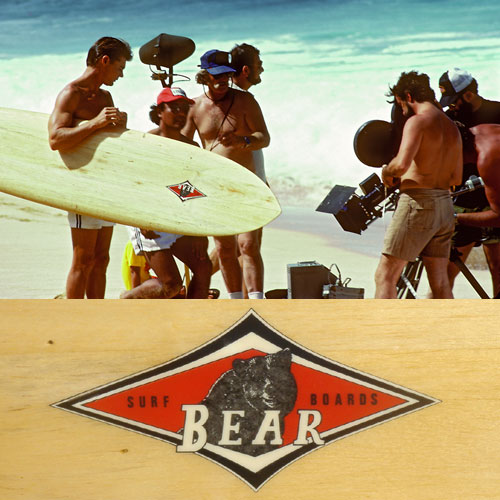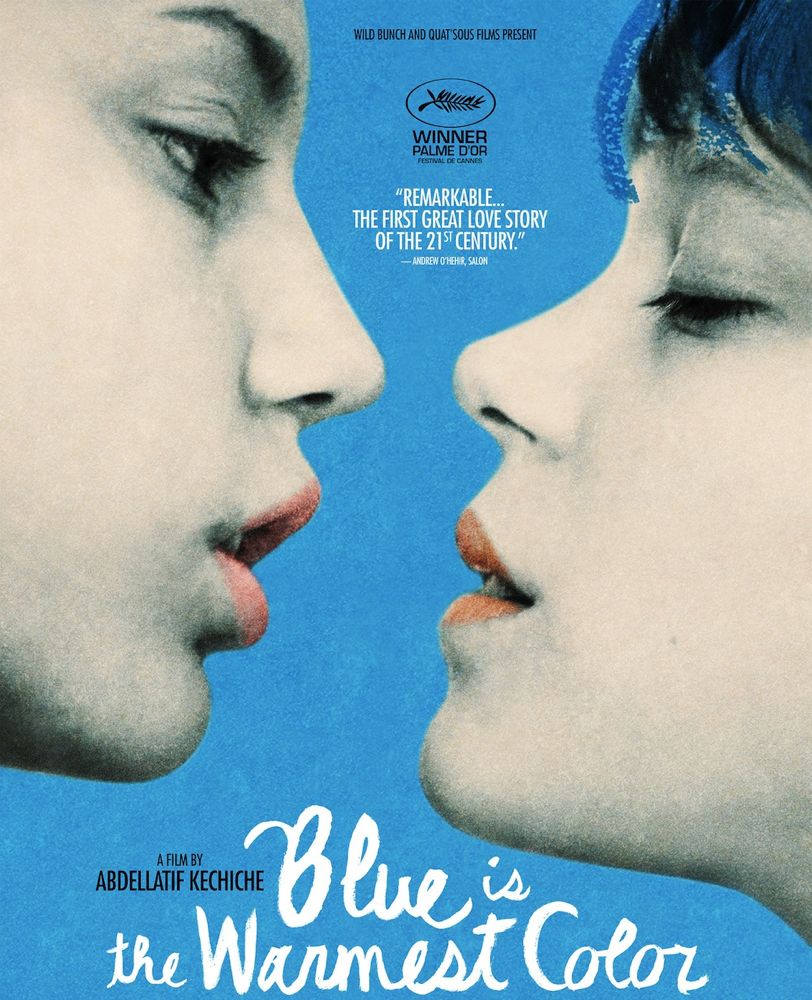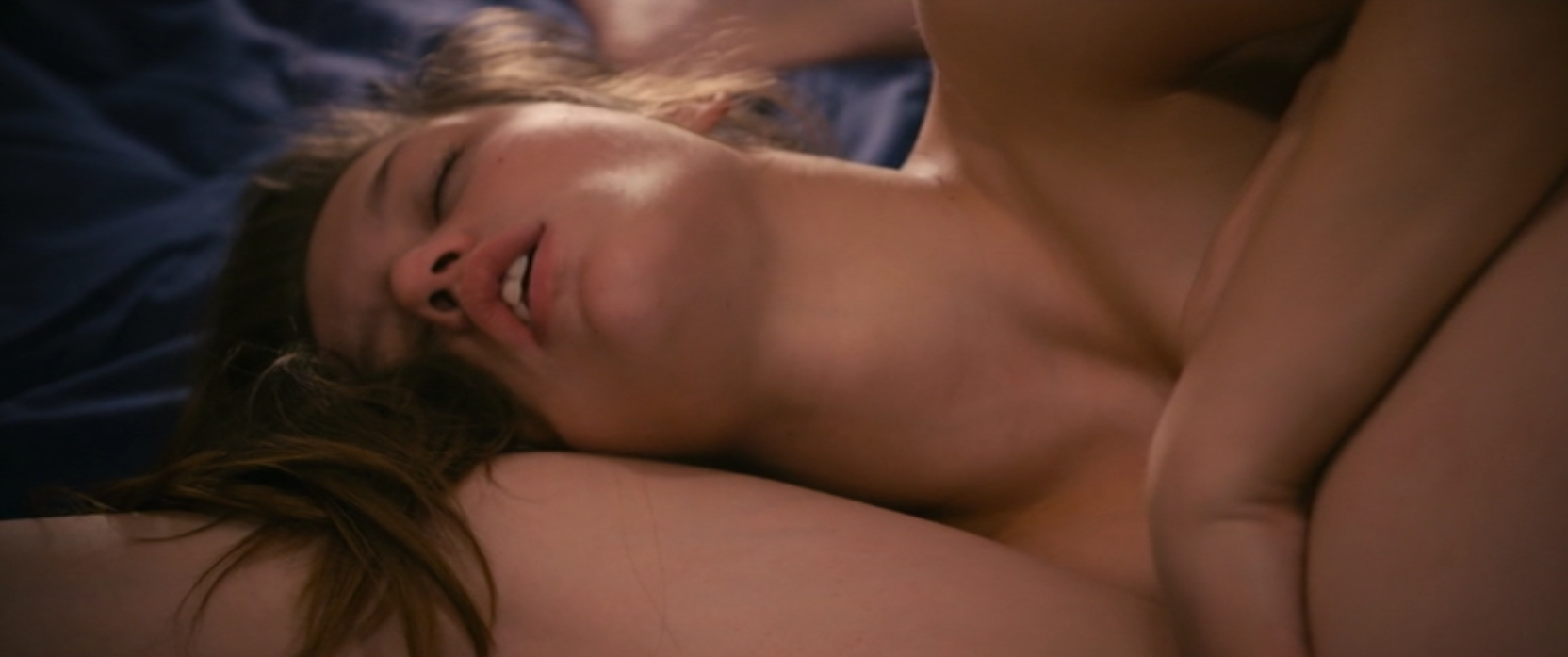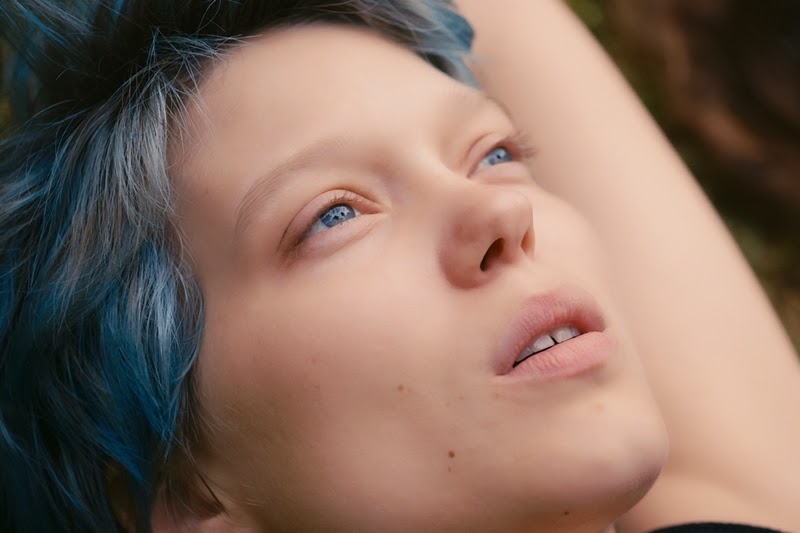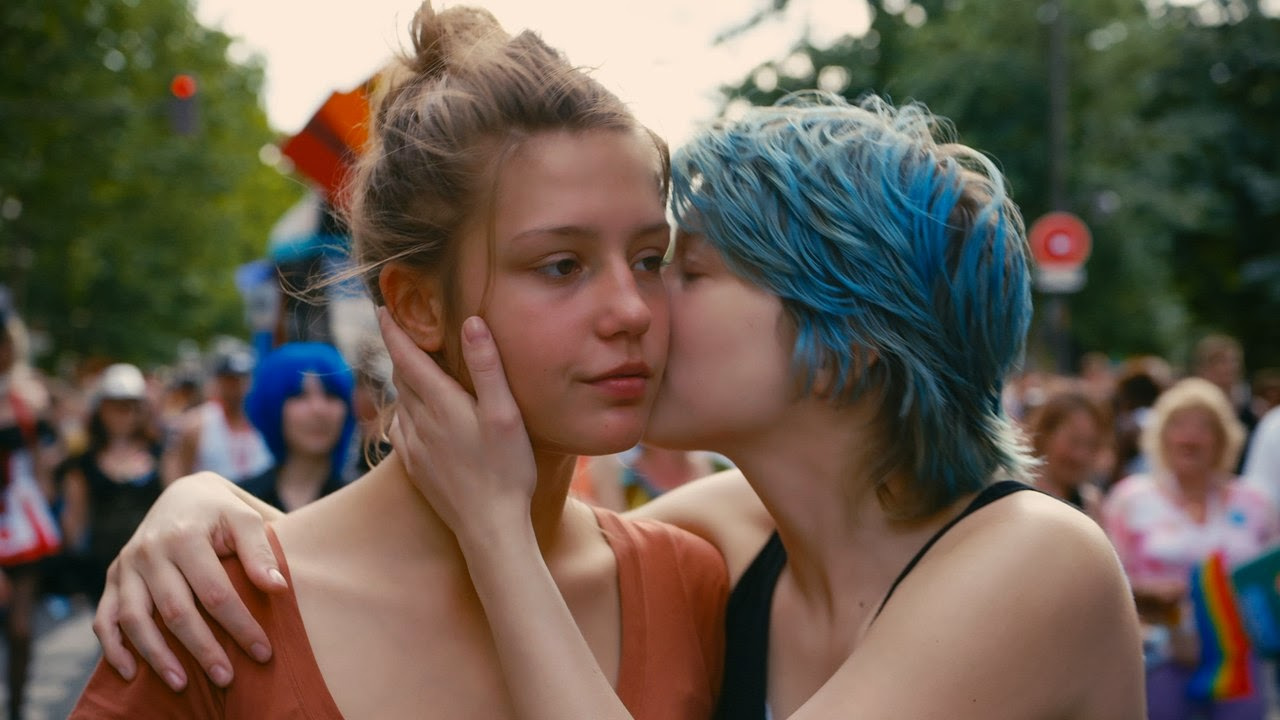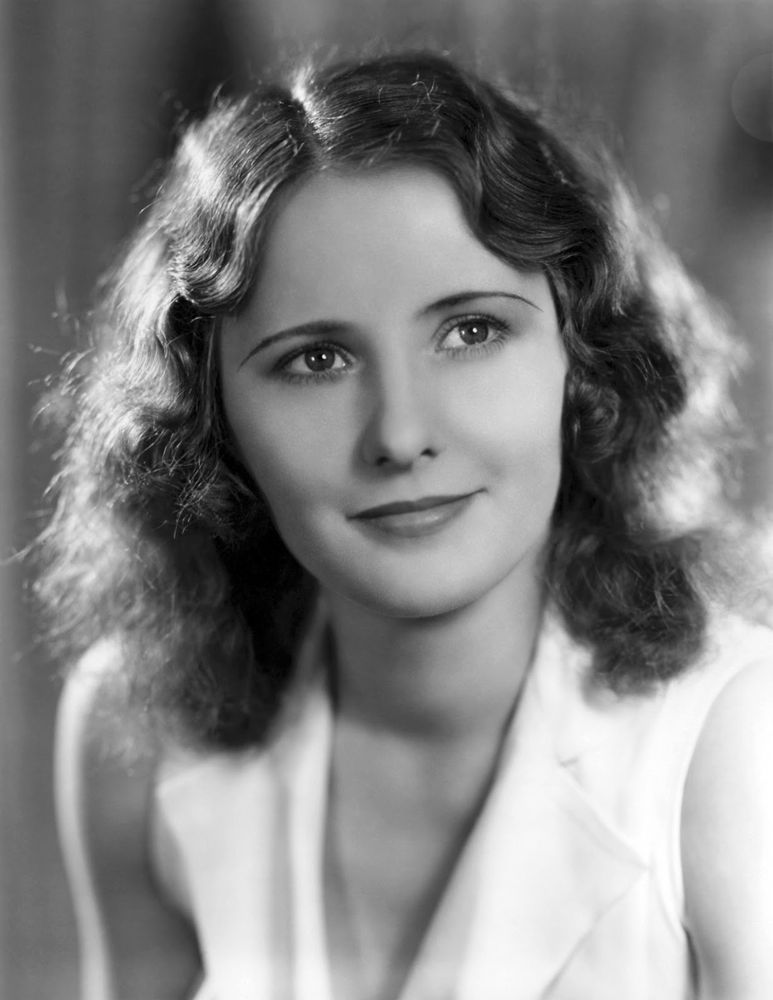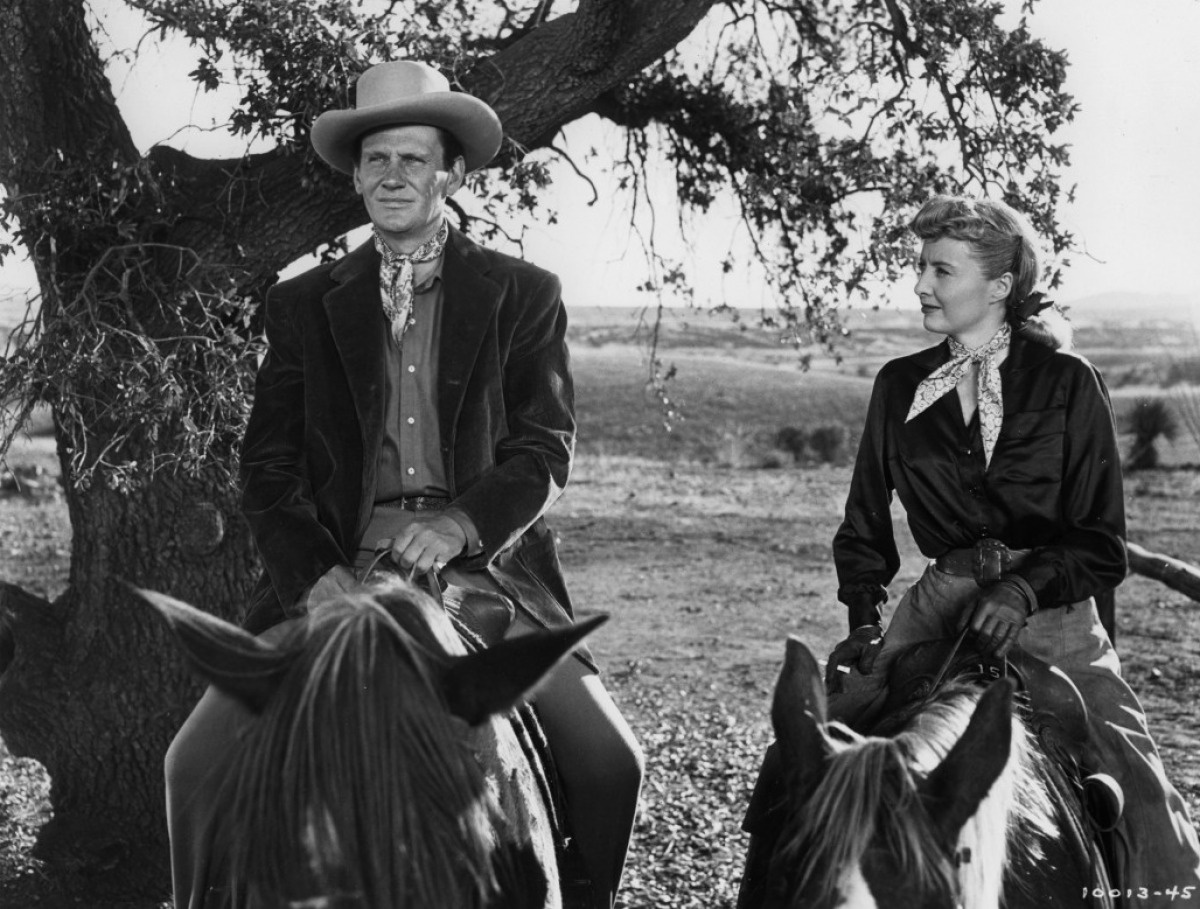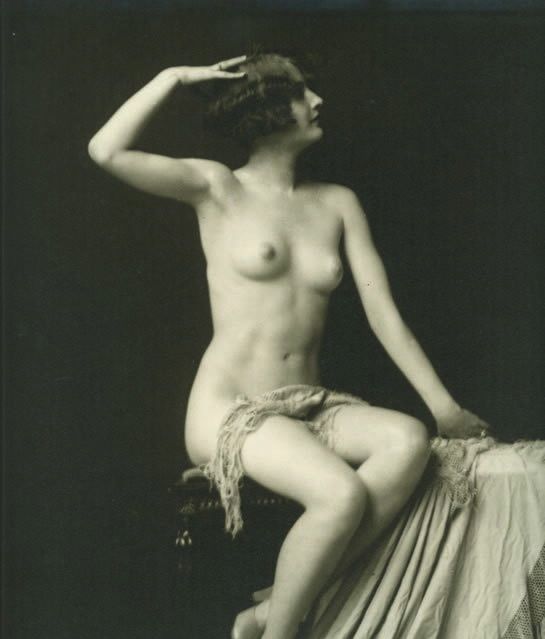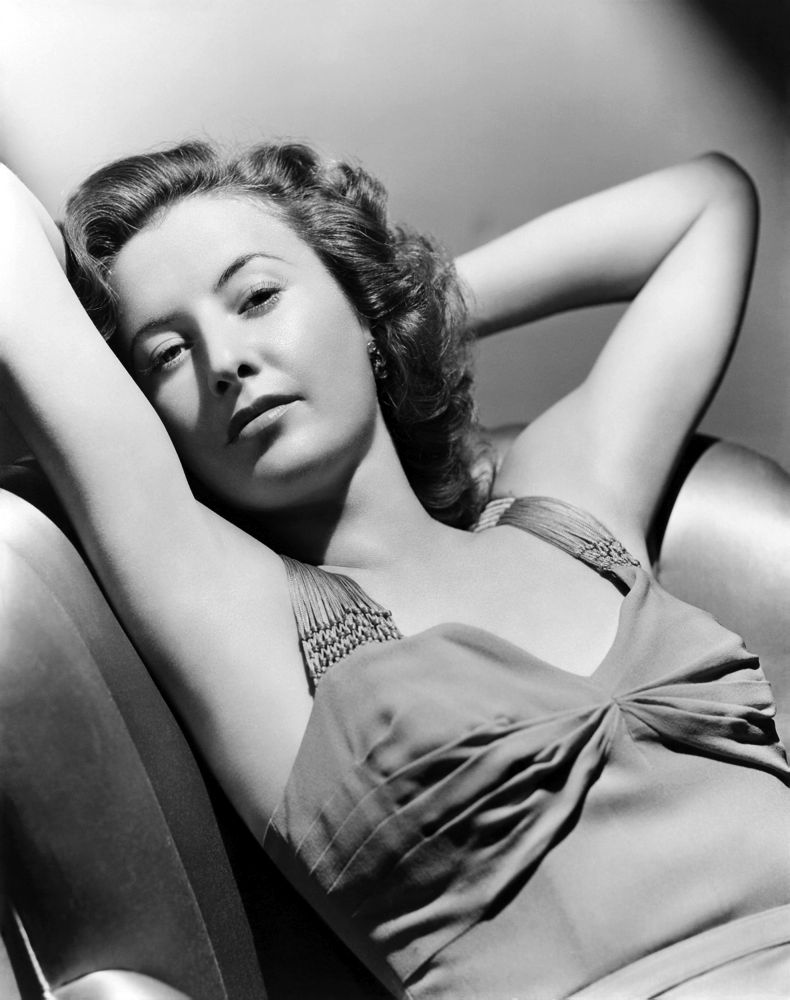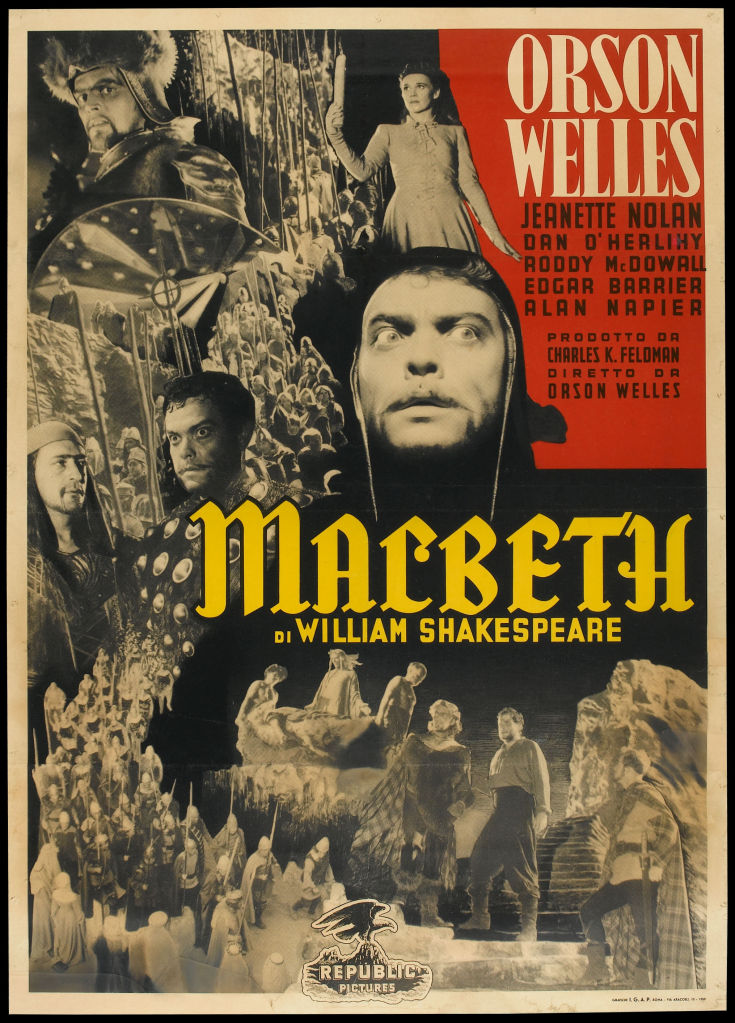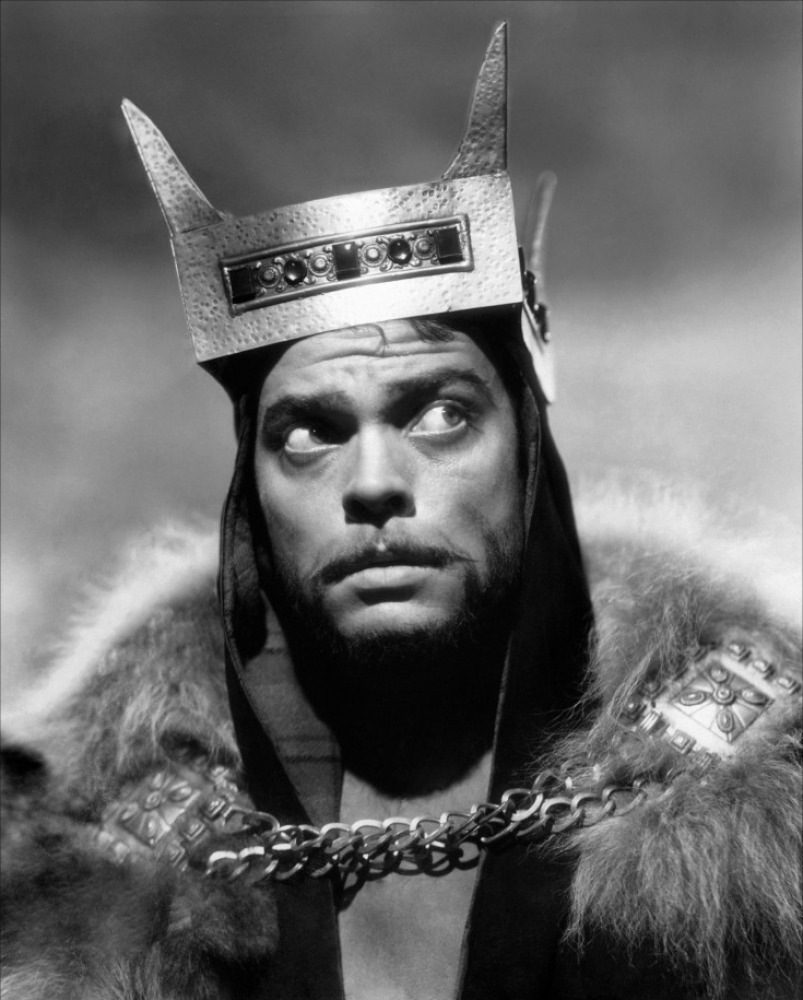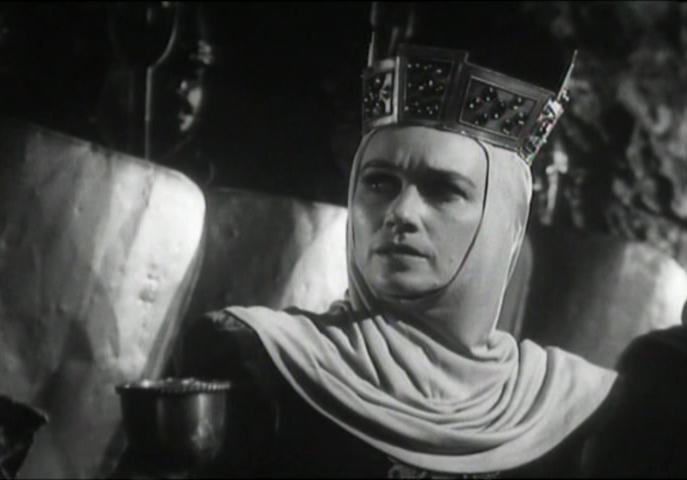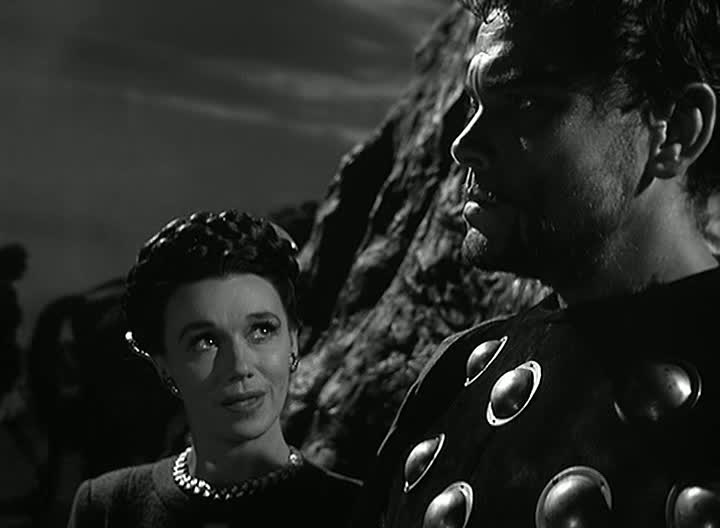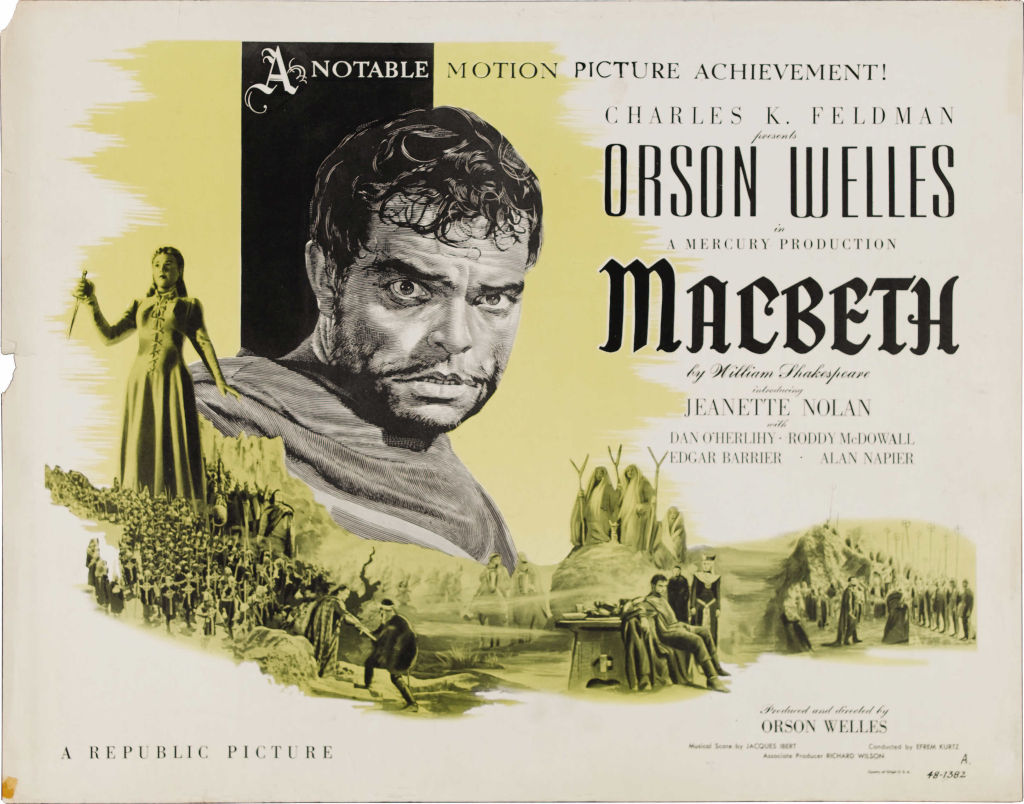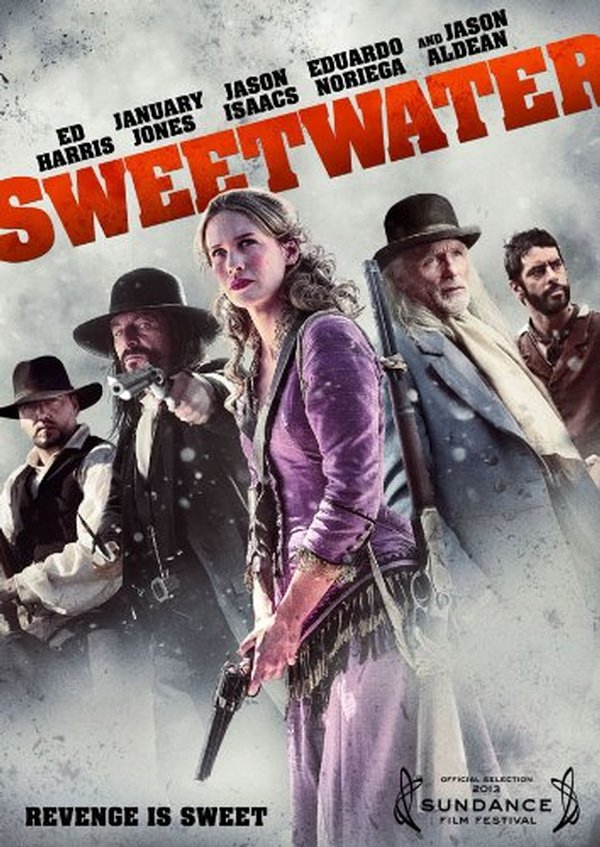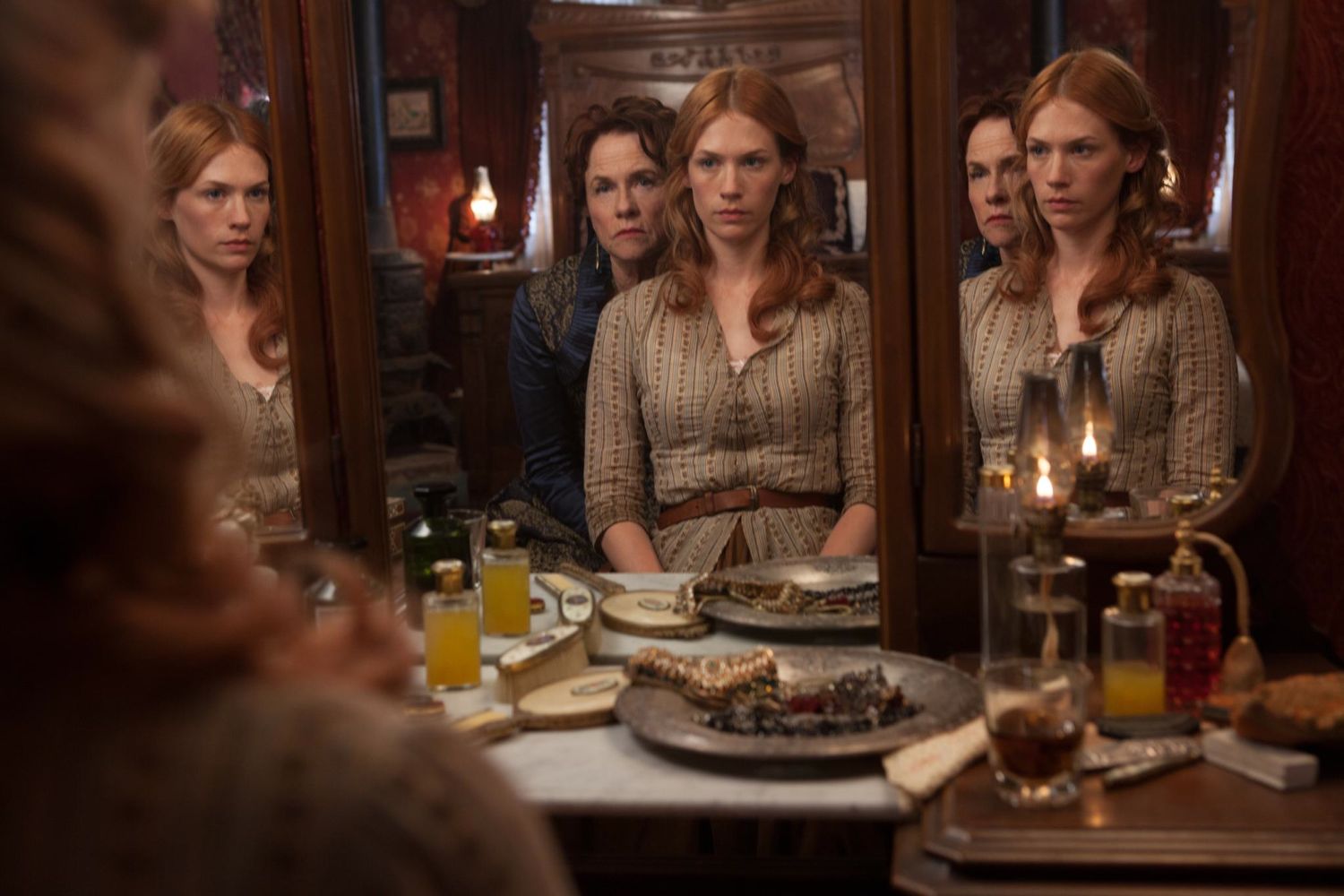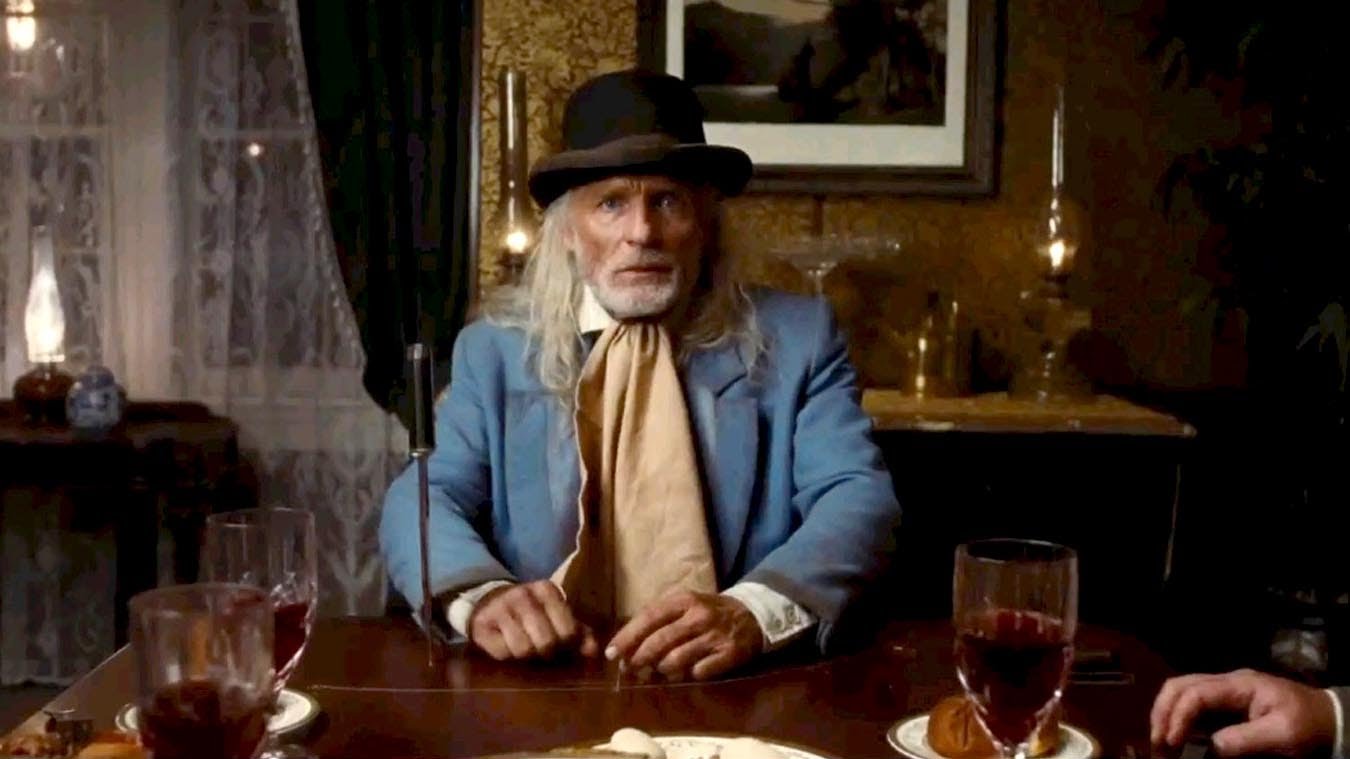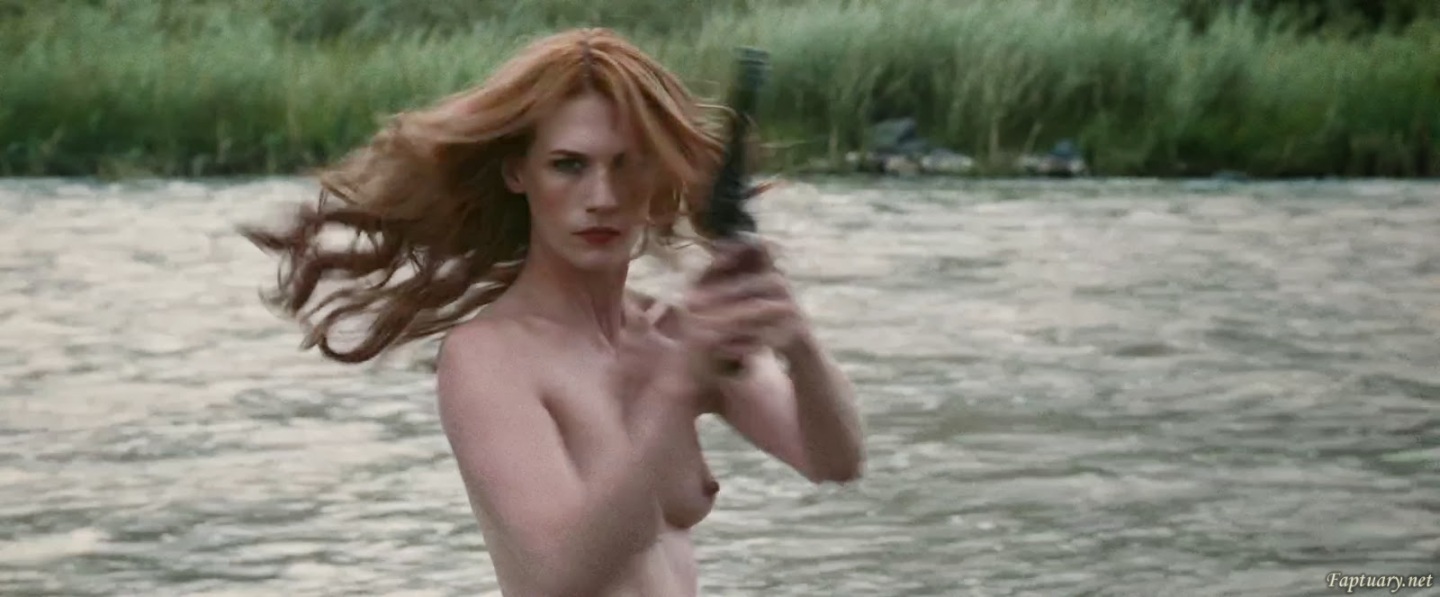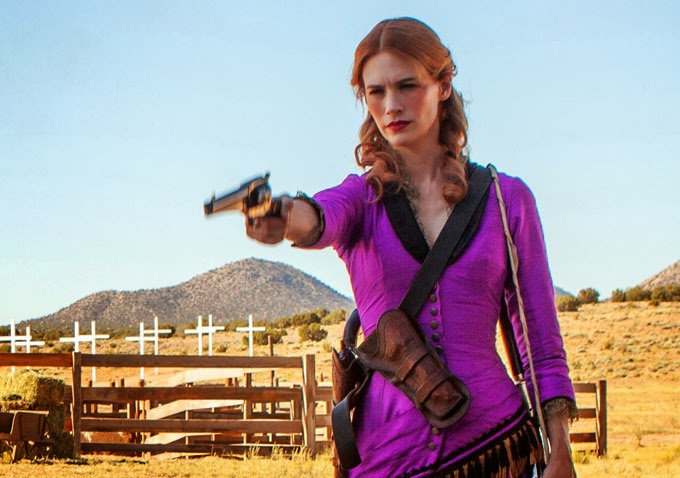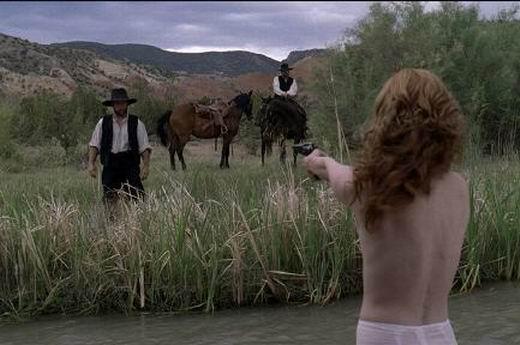If you don’t appreciate the genius of Frank Tashlin or the genius of Jerry Lewis, the following statement might seem strange — Rock-A-Bye Baby is one of the surrealist-slapstick-satirical masterpieces of 50s American cinema . . . a very bizarre but very great work of art.
Category Archives: Main Page
SHORT TAKE: RKO 281
This HBO dramatization of the making of Citizen Kane and the controversy it caused is shockingly bad. It plays fast and loose with the actual historical facts for no reason that I can discern since the actual facts are way more interesting than the ones they made up.
James Cromwell gives a pretty good impersonation of William Randolph Hearst but the rest of the cast is uniformly lame, though I’m not sure how much the actors can be blamed given the synthetic dialogue they’re saddled with.
Not worth a look even if the subject interests you.
ESSENTIAL
It’s a shame that Citizen Kane has a reputation as “the greatest movie ever made”, as a pinnacle of cinematic art. It’s not an art film at all — it’s a grand entertainment, a rattling good melodrama, a work of meticulous craft and wit and joy in the multifarious resources of movies. When you’re watching it, its reputation becomes quite irrelevant because it’s just so damn much fun.
It uses every technique in the cinematic handbook — back-screen projections, matte paintings, stock footage, miniatures. Its greatest glories are its magnificently lit, long-playing, deep-focus, elegantly choreographed studio shots, which are the things most people remember because they’re so beautiful and so involving that you feel you’re inhabiting the imaginary spaces they conjure up.
Those shots constitute the real art of the film, but they’re always in service to the story, to the theatrical but finely calculated and consistently engaging performances. There’s nothing pretentious about the film at all — it’s built to please, to amuse and to move. It has made generations of young people want to become filmmakers, if not always to be great entertainers of the public, because it makes filmmaking look like the best way in the world to have fun, to create magic.
It’s a throwback to the pre-modernist notion that the greatest art is popular art, accessible art, the highest form of entertainment — a notion that informs the works of Homer and Shakespeare and Dickens. That’s its true distinction and the source of its enduring stature in the culture. The Blu-ray edition of it belongs in every civilized home.
THE WILD BUNCH REDUX
I’ve always disliked The Wild Bunch for what I see as its moral nihilism — a violation of the Western genre which it did so much to undermine, and of the very idea of humane art. I don’t think art should make moral judgements or preach moral lessons, but I think it ought to reflect a world where moral questions are important and have consequences.
That’s a personal viewpoint, admittedly, based on my experiences in life, and on my evaluation of great works of art in general. I respect other viewpoints, even if I don’t like or admire them. The idea that human actions have no moral meaning, only a relative meaning based on individual will or style, strikes me as immature, puerile and destructive. It’s defensible as a philosophical proposition, but I reject it, and I don’t think it has ever produced any great works of art.
I decided recently to revisit The Wild Bunch, motivated primarily by my respect for the opinions of my friend Scott Bradley (above), who can argue eloquently against the idea that The Wild Bunch is a work of moral nihilism. I also read a few critiques of the film which take the same view.
The Western was losing its cultural prestige in 1969, when Peckinpah’s film came out. The Vietnam war was making many people doubt the ideals America prided itself on, making them wonder if those ideals had always been fraudulent. The Western, embodying a mythology which tended to affirm those ideals, was an obvious target for a revisionist view of such things.
The genre, taken as a whole, had always had room for moral complexity, for good guys who weren’t all that good and bad guys who weren’t all that bad, but it generally held that bad guys could be morally redeemed by honorable acts and that good guys who made bad moral choices would pay a price. Vietnam made some artists, and a big segment of the audience, wonder if that formula, as applied to America in Westerns, was meaningless, and always had been.
As the 60s progressed, Westerns got edgier and darker, and more ironic. Spaghetti Westerns leaned heavily on an irony verging on outright farce. They tended to keep the moral distinction between good guys and bad guys, but they presented the conflict with a wink, suggesting the whole thing might be a joke. Western fans beginning to doubt the genre could have it both ways, rooting for the good guys while not taking them too seriously.
In his 1968 film Once Upon A Time In the West, Sergio Leone cast Henry Fonda as a vicious killer, an unredeemed bad man. It had a certain shock value, but it didn’t upend the moral dynamic of a traditional Western — we weren’t asked to root for the Fonda character, though we may have wanted to, given Fonda’s status as an iconic movie hero. This created an interesting tension.
In The Wild Bunch, Peckinpah took things further. His main protagonist was William Holden, another iconic movie hero, playing Pike Bishop, the leader of a gang of outlaws. In the first scene of the film, the gang is robbing a railroad office. A couple of hapless clerks and a woman are caught inside the office. Bishop says to his men, gesturing to the clerks and the woman, “If they move, kill them.”
This is roughly equivalent to Fonda killing a child at the beginning of Once Upon A Time In the West — it has the same shock value — but the similarity ends there. In The Wild Bunch as it unfolds we are asked to root for the Holden character, to admire him, a man who would murder an unarmed woman to commit a robbery. To me, this takes us into the territory of moral nihilism.
Bishop is cool, with the bearing and the aura of an iconic Western hero. He’s brave and competent, and loyal to his fellow outlaws. His willingness to murder innocent unarmed people is treated as morally meaningless. It’s something a hero can do if he wants to or needs to and still be a hero.
In a traditional Western, even a dark modern one like Clint Eastwood’s Unforgiven, we would expect a vicious killer like Bishop to have a change of heart, to recognize his own moral nullity, to be given a chance to redeem himself. But neither Bishop nor Peckinpah sees any need for redemption. Bishop’s style and will and bravery are redemption enough.
There are, as I say, arguments against this view — centering on the idea that Bishop and his gang, when they flee into Mexico, are touched by the goodness of the Mexican peasants and eventually sacrifice themselves in the cause of the peasants’ revolt against their corrupt government. I myself don’t see evidence for this in the text.
They certainly sympathize with the peasants and are disgusted by the corruption and viciousness of their oppressors, but they don’t think twice when the vicious and corrupt Federal general Mapache hires them to rob a U. S. Army train of the weapons it’s carrying, back on American soil, and deliver the weapons to him. They’re completely fine with killing American soldiers to accomplish the robbery.
It’s true that they agree to given Angel, a Mexican member of the gang, a case of rifles to pass along to the insurgent peasants, but only in return for his share of Mapache’s money. The wild bunch remain true to their nature — a gang of moral monsters, who will do just about anything, even the right thing, for money.
Bishop is not shown actually murdering an unarmed women, but in the opening he leaves the clerks and the woman in the railroad office as hostages in the charge of a psychotic gang member who does kill them when they move, trying to escape. They die off-screen — perhaps because Peckinpah doesn’t want to show us the graphic consequence of Pike’s repellent indifference to innocent human life.
Angel is shown murdering an unarmed woman, a former lover he kills because she has betrayed him and taken up with Mapache. There is no sign that any of the wild bunch has any moral qualms about this atrocious act. Quite the opposite in fact. At the climax of the film the gang sacrifices itself in an effort to rescue Angel from the Federales — a hopeless gesture which they know won’t succeed. In essence, they commit “suicide by Federales”, preferring to go down fighting rather than endure the fact that their era on the frontier is coming to an end.
Their suicide walk is justly famous — it’s designed to portray the outlaws as heroic, even though there’s nothing heroic about what they’re doing. Attempting to rescue “one of their own” is just a pretext for going out in a blaze of cosmetic glory. It’s no more heroic than the 9/11 terrorists flying planes into The Twin Towers — sacrificing their lives “bravely”, perhaps, but in the service of an ignoble cause.
Peckinpah can’t even allow the bunch to commit suicide honorably — at one point in the climactic shootout Dutch saves himself temporarily by using an unarmed woman as a human shield. She takes a bullet meant for him. The perversity of this is extreme. You get a feeling Peckinpah was expressing a deep contempt for the audience, mocking it as he was mocking the Western genre itself, because he could get it to root for such vile “heroes” as these.
I’ve read a “feminist” defense of Angel’s murder of his former lover, seeing it as a blow against the corrupt government that’s oppressing his people, a political act, motivated by Angel’s own self-hatred over his impotence in the face of that oppression. This is plausible psychologically, but it avoids the moral issue of murdering unarmed people, which doesn’t seem to interest Peckinpah at all, any more than it interests Bishop.
Understanding Angel’s act, even sympathizing with it, is not an excuse for utterly ignoring the moral questions it raises — again, on a par with understanding the motivations of the 9/11 terrorists while totally ignoring the moral questions raised by their act of murdering unarmed people.
I’m not saying that Peckinpah had an obligation as an artist to condemn Angel — only that ignoring the full moral dimensions of Angel’s act, in effect trivializing them, is an exercise in nihilism. In The Wild Bunch in general we are asked to cheer for some truly despicable men, to ignore their despicable acts, to revere them for their style and courage alone. It’s a shabby, puerile view of the world, and makes for a shabby, puerile film.
Peckinpah was a more complicated artist than The Wild Bunch would indicate. He loved showing the dark side of human nature without mitigation or pious revulsion, but he rarely presented that dark side as something to be laughed about, relished, celebrated as heroic. His own dark side led him into a life of creeping, harrowing despair — he knew only too well the price of a dalliance with moral nihilism, and that knowledge informs his best work, gives it depth and complexity. It’s entirely absent from The Wild Bunch.
So in the end, after revisiting the film with as open a mind as I could summon, I find that I still dislike The Wild Bunch intensely — for much the same reasons I outlined in an earlier post here. The film traffics in images of heroism, albeit stirring images of heroism, that are cheap and hollow and repulsive.
SORCERER
When William Friedkin’s Sorcerer came out in 1977 I was a film fanatic who went to see just about everything, but I didn’t go see Sorcerer. It had a kind of bad odor — you got a feeling it wasn’t just bad but bad in an uninteresting and unimportant way. That was the buzz, at any rate.
I’m sure I felt I should see the movie, just to keeps tabs on what Friedkin (below), an interesting filmmaker, was up to, but I put it off until the film disappeared from theaters, which happened very quickly, since it was a total box office bomb. It was re-released in a shortened version, which fared no better with the public.
Since that time the film has acquired a mystique, deepened by the fact that in recent years it has become difficult to see in any form, due to some confusion over rights. Friedkin remained proud of the film, however, and many people have opined that it is an unjustly neglected masterpiece. Finally, the rights have been untangled, largely through Friedkin’s efforts, and a new Blu-ray edition has just appeared, with Friedkin’s blessings and under his supervision.
So now, at long last, I’ve had a chance to see the movie I missed when it was originally released. It’s not an unjustly neglected masterpiece — it’s not a masterpiece of any description. The bad buzz it got when it first came out is more than justified — but that’s not to say it’s uninteresting.
It’s biggest problem is that it looks so bad. It’s has no discernible visual style beyond the standard zoomtastic clichés of 70s American filmmaking. A film so totally lacking in visual craft and imagination, so dependent on the knee-jerk aesthetic conventions of its time, ages as quickly as an unrefrigerated mackerel.
There are two exceptions to this observation — a couple of action set pieces that transcend the sloppy look of the film as a whole. The most famous of them is a sequence involving two trucks trying to cross a swaying rope bridge in a driving rainstorm. The rigging and stunt work involved in this sequence are brilliant and help create a bravura passage of pure cinema.
The film’s biggest asset is a riveting story told at a leisurely pace. The first 24 minutes sketch out the back-stories of the four principal characters, explaining why they’ve all ended up as desperate fugitives in the unnamed Latin American country where the narrative is set. Another half hour is devoted to showing us the misery and hopelessness of their lives there.
The film was initially criticized for taking so long to get going, but I found the set-up totally effective as a way of justifying the risks the four men take in the main section of the tale — transporting some unstable high explosives by truck 200 miles through the jungle. No modern film would ever dare to present such an elaborate and extended set-up, but it’s involving and suspenseful — it prepares you for the harrowing events that follow. It’s old-fashioned storytelling at its best.
The film is not exactly a remake of Henri-Georges Clouzot’s Wages Of Fear, but it’s based on the same novel Clouzot adapted. Clouzot’s film is tighter and more focused on the central suspense elements. Friedkin was interested in making something more like an existential epic — a grim vision of the human predicament, huis clos except for a perilous gateway that can only be navigated by nearly superhuman courage and perseverance, born of despair. And of course it’s a gateway that leads only to a deeper rung of hell.
The script is by Walon Green — at the time Hollywood’s resident dime-store nihilist. He was also responsible for at least some of the dime-store nihilism of Sam Peckinpah’s The Wild Bunch, which he co-wrote with the director.
Why Friedkin thought this even bleaker exercise in dime-store nihilism would make for a commercial film is anybody’s guess. Maybe he thought he could do no wrong after the phenomenal successes he had with The French Connection and The Exorcist. Maybe he wanted the cultural prestige Peckinpah got from The Wild Bunch, despite the fact that The Wild Bunch didn’t make any money. In any case, Sorcerer pretty much demolished Friedkin’s career in Hollywood and in retrospect one can’t say he went out with even a moral triumph.
Still, one can admire his ambition and his presumption, and one can enjoy Sorcerer as the sort of eccentric folly that Hollywood has leaned how to avoid like the plague. It’s not a great film, or even a particularly good film, but it’s better and more exhilarating than anything you’re likely to find playing at your local multiplex this weekend.
Click on the images to enlarge.
HALF A MILLION
THE BEACH
I first saw the Pacific Ocean on the coast of California in 1968, when I was 18 years-old. I spent a lot of time in California in the ensuing years, and had a lot of beach adventures.
At 19 I was feeling melancholy one day, living in a small house in La Honda, in the hills above Palo Alto, and took off hitchhiking south along the coast towards Los Angeles, where I’d never been. One ride dropped me off somewhere in Big Sur at dusk and I made my way down to a campfire on the beach where there were about 10 or 15 people spending the night. They weren’t a group — they were just all on the road for one reason or another, and too broke to stay at a motel.
There were hippies, like me, and an ex-serviceman just back from Vietnam. He said when he returned from his tour his wife had kicked him out of the house. When I asked him why he said, “She just didn’t want me anymore.”
There were a couple of small-time dope dealers heading back from San Francisco, who offered to drive me down to Los Angeles the next day and let me stay in their house, an offer I took them up on. I was crazy back then, or maybe just 19 — I didn’t think anything bad could happen to me, and nothing did. The dealers were nice guys.
People shared joints and wine and whatever food they had.
This was my first real experience with The Beach, which, when it’s capitalized or spoken in a certain tone of voice, means only The California Beach. Not just a place — another world.
MOM
ESSENTIAL
As Pauline Kael once noted, some of the greatest of all movies have been follies — grand, overly ambitious projects that teetered on the edge of chaos yet became enduring monuments to the possibilities of cinema.
Intolerance was such a folly, and so was Erich Von Stroheim’s Greed, though only a fragment of the latter survives. Francis Ford Coppola’s Apocalypse Now was another.
Coppola mortgaged almost everything he owned to make his Vietnam war epic. He headed off to The Philippines without a finished script, hoping to find an ending for his movie somewhere in the course of shooting it, which took him over a year, during which production costs spiraled out of control amidst disastrous weather conditions and Coppola’s gradual mental meltdown.
He was lucky to get out of it alive, and he never quite found his ending. He threw everything he could think of at the wall, hoping something would stick — a bit of T. S. Eliot, a Doors song, the on-screen slaughter of a water buffalo — but none of it really did. The drama just sort of implodes at the end without really resolving. But the journey to that amorphous denouement is one of the great cinematic adventures of all time, breathtaking to look at, with passages as powerful as any ever created by any director.
The film was a hit, Coppola got his investment back and a personal profit of about $15 million. Things rarely end that well for the directors of grand cinematic follies.
There are two versions of the film currently available on DVD and Blu-ray — the original release version and a re-release version from 2001 which restores about 49 minutes of footage that Coppola cut prior to the original release. I think the original release version is distinctly superior — the cut scenes, while fascinating, slow down the film’s momentum, lessen the suspense, and don’t accord with the tone of the ending Coppola settled on, drawing undue attention to its deficiencies.
In any case, the Blu-ray of Apocalypse Now belongs in the home of anyone who’s passionate about movies.
AND GOD CREATED WOMAN
BIG WEDNESDAY
The epic of California’s beach culture has never been properly recorded. We’ve gotten flashes of it in the music of The Beach Boys and Dick Dale and the waves of shitty instrumental tracks that are what surf music is really all about. We’ve gotten parodies of it in the teen beach comedies of the Sixties.
None of these things begins to scratch the surface of what the California beach scene has been and has meant — the poem it has written in our collective hearts.
John Milius (above center) grew up in the surf culture of California in the early Sixties — saw it wiped out by the dislocations of the Sixties, the Vietnam War and the rise of the counterculture. In Big Wednesday he tried to write its epitaph, an elegy for a peculiar phase of the endless epic of the California beach.
He never finds the right tone for his elegy, or can’t sustain it. The movie is a kind of hodgepodge of Milius’s own obsessions, his conflicted psyche. It is by turns sentimental, cartoonish, puerile, boorish and gracious — but the sentimental and gracious elements come close to being a fitting tribute to his subject.
His love for the beach, everything the California beach has meant to him and to America, is alive in the movie. The California beach deserves more, but it has always taken what it could get, whatever the sea was granting on any particular hour of any particular day.
Maybe that’s as it should be — you can only ride the waves that are rolling in. If the swells and sets aren’t cooperating, you build a fire in the sand, drink some beer and wait on the sea’s pleasure. It will be different in the morning with la mer toujour recommencée . . . always starting over again.
BLUE IS THE WARMEST COLOR
This is a very modest film inflated in prominence and extended in length (to a running time of almost three hours) by several long and graphic sex scenes. The purpose of the sex scenes seems to be to tell us that . . . the characters have sex. Well, o. k., that’s clear enough.
I don’t mean to be prissy or prudish about it — watching beautiful naked young women thrash about in bed is always charming — but if you take those scenes away you have a very conventional story about young love which ends sadly and wistfully, as young love often does. It’s sort of a Lesbian version of The Way We Were, though without the grand passion, outside the bedroom.
What redeems it to a a degree and makes it worth watching is a brilliant performance by Adèle Exarchopoulos (above), 19 years-old when the film was made. She exposes herself fearlessly, both physically and emotionally, in the role, and she’s consistently riveting to watch.
After the film was released her co-star Léa Seydoux (above) said she felt the director had exploited Exarchopoulos and herself in the sex scenes, but the issue is bigger than that to me. Exarchopoulos was exploited artistically on every level by a director who asked more of her (or took more from her) than he had the talent to repay.
The film is not particularly interesting visually, and the story feels shopworn, apart from the Lesbian angle. During a garden party scene, there are images of Louise Brooks projected onto a wall as part of the party decor, perhaps attempting to link the film to some sort of venerable cinematic tradition. In fact, the film falls into the tradition of the ABC Afterschool Special — apart from Exarchopoulos’s stunning work it’s an Afterschool Special with an NC-17 rating.
STANWYCK
I think that Barbara Stanwyck is the greatest actor who ever worked in movies. Other actors, at their best, have given performances as fine as her finest performances — some have, on very rare occasions, given finer ones. But in terms of consistent brilliance over time, in terms of unfailing artistic courage, emotional commitment and erotic daring, no other actors have come close to Stanwyck, and it’s unlikely that any ever will.
Stanwyck was not classically beautiful, by the standards of her time, or any time — she knew this and accepted it. This acceptance freed her from the petty narcissism of many female movie stars — allowed her to be “ugly” in the display of emotion. At the same time, though, she knew she was a figure of deep erotic fascination, and she knew how to exploit that fascination.
She had a body built for carnal pleasure, and she was smart — smart enough to know that her intelligence was in itself an erotic attribute. You got attractive bits and pieces of feminine allure from other great movie stars, but from Stanwyck you got it all, a woman in full — because she didn’t have the perfect mask for perfect close-ups, she had to give you everything else in spades.
If you think that Hedy Lamarr, just to take one example, is more beautiful than Barbara Stanwyck — if you think that any actor in cinema history is more beautiful than Barbara Stanwyck — then you don’t know what beauty is, you don’t know what makes a woman beautiful.
But don’t despair — Stanwyck’s genius can educate you about these things.
MACBETH (1948)
Orson Welles’s adaptation of the Scottish play is a fascinating film, not one of his greatest but full of magic. It’s a magic, however, that comes and goes. It was shot in 23 days on a shoestring budget, and it shows. The sets look cheesy — many of them were left over from Westerns made at the studio — as do the many process shots. There are obvious lapses in continuity between shots, and lines have been looped in for actors who are obviously not speaking those particular words. Focus is not always precise, and there are a number of optical zooms to create shots that Welles wanted but didn’t have in the can.
The magic comes from Welles’s performance — a corking rendition of the doomed Scot, very theatrical but inventive and well considered. There’s even more magic in Jeanette Nolan’s Lady Macbeth. She was a radio actress who’d never worked before on stage or screen, but she’s brilliant here. She conveys a furious sexuality and an erotic rage that chill the blood.
Many of the shots, and the choreography of camera and performers within them, display Welles’s bravura style, and many of the images are boldly and beautifully lit. There are a couple of long scenes involving complex movement by the actors that play out in single shots — something Welles loved to do when he had the time and resources for it.
The film is really quite impressive considering the time and budget he did have for it. Welles hoped it would encourage Hollywood to take chances on similarly adventuresome projects that could be made cheaply, but it didn’t help that the film was a critical and commercial flop on its initial release, with many people complaining that the thick Scottish burrs Welles had the cast use made the dialogue incomprehensible.
Republic later re-released the film in a shortened version with the dialogue re-dubbed without the accents, and made its money back, but the film’s reputation never fully recovered. In fact, it’s a more than respectable work, with many fine things it. Welles’s original version is now available in a decent Blu-ray edition from Olive Films — well worth a look.
SWEETWATER
I felt a sort of foreboding as this film opened, with its spare, moody, vaguely ominous music over the titles and an early scene featuring a mad-looking preacher spouting synthetic Victorian gobbledegook — Cormac McCarthy lite. I thought it might be one of those arty Westerns for people who hate Westerns.
It turned out not to be quite that bad, but a failed Western all the same. The dialogue stayed artificial and unconvincing, and much of the acting was mediocre, and while it had a story to tell — a pretty good old-fashioned Western story of revenge, of shame and injustice and honor redeemed — it decided not to tell that story.
It’s too bad, because the film had a couple of great things going for it. The first was the landscape of northern New Mexico, filmed beautifully. The second was January Jones in the lead role. She’s a wonderful actress, with a face that’s beautiful and strong — she’s instantly convincing as a woman of pioneer stock.
[Spoilers below . . .]
When her character’s husband is killed by the homicidal preacher, you expect her to team up with an eccentric but honorable bushwhacker who arrives on the scene, a character played a little too eccentrically by Ed Harris, in order to right the wrongs done to her and to others. It’s a traditional Western theme, found most notably in True Grit, involving a kind of surrogate fatherhood leading to the empowerment of the daughter figure.
Instead, the two never make a real alliance and the woman goes on a killing spree of disproportionate violence, in which one’s sympathy for her is gradually dissipated. There is something satisfying about the woman’s unbridled rage, as there is about Medea’s, but it betrays an unspoken code of traditional Westerns — that violence must always be measured by moral justice. When the woman starts killing unarmed people who pose no physical threat to her, we’re way outside the bounds of the traditions of the genre.
I really don’t know why filmmakers want to fuck with the genre this way — to push it past the expectations and the ideals of people who love Westerns. You have to love Westerns yourself to make a movie like this, which gets so many things right before going off the rails.
As you can tell from their letters and from the transcripts of court testimony, people on the frontier often had a powerful and eloquent command of language, influenced by Shakespeare, The King James Bible and The Book Of Common Prayer. Writers of modern Westerns should read those things if they want to place memorable words in the mouths of their characters, avoiding the post-modern gibberish of McCarthy, which is where Logan and Noah Miller, the writers of Sweetwater, seem to have picked up their notion of frontier talk, along with their Grand Guignol notions of Western mythology. Bad move.
The film showed at Sundance but apparently wasn’t picked for national theatrical distribution. Just as well — it would have sunk like a stone, Miss Jones’s considerable charms notwithstanding.

